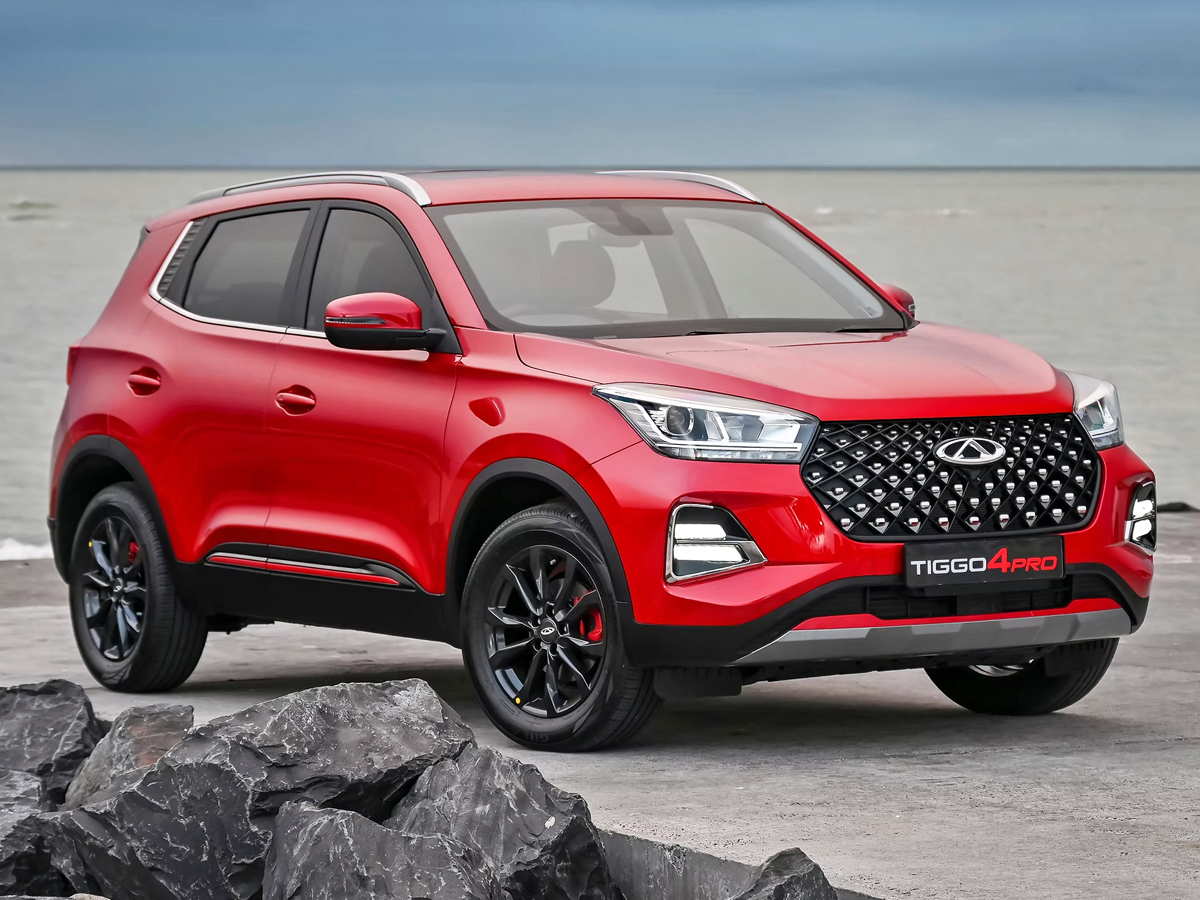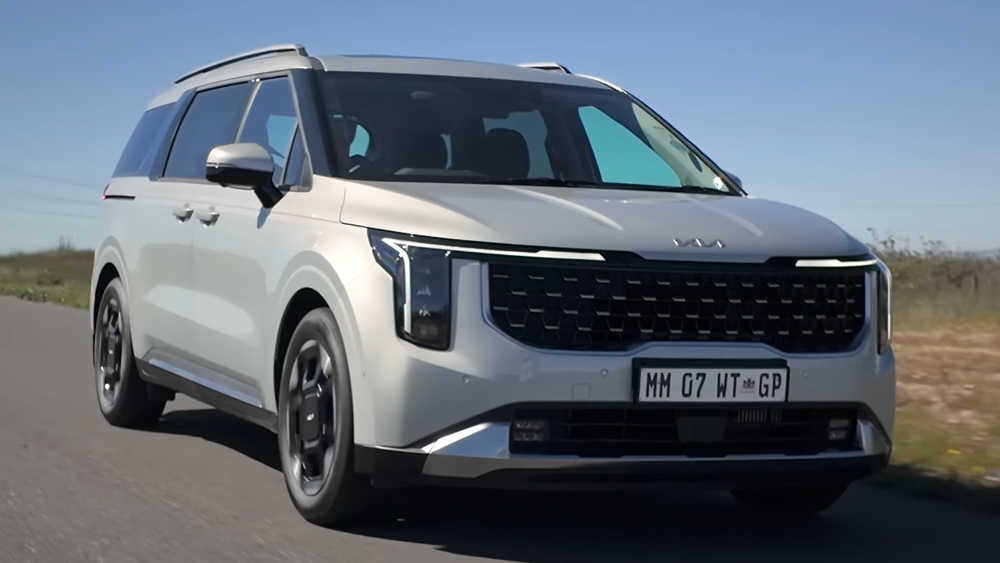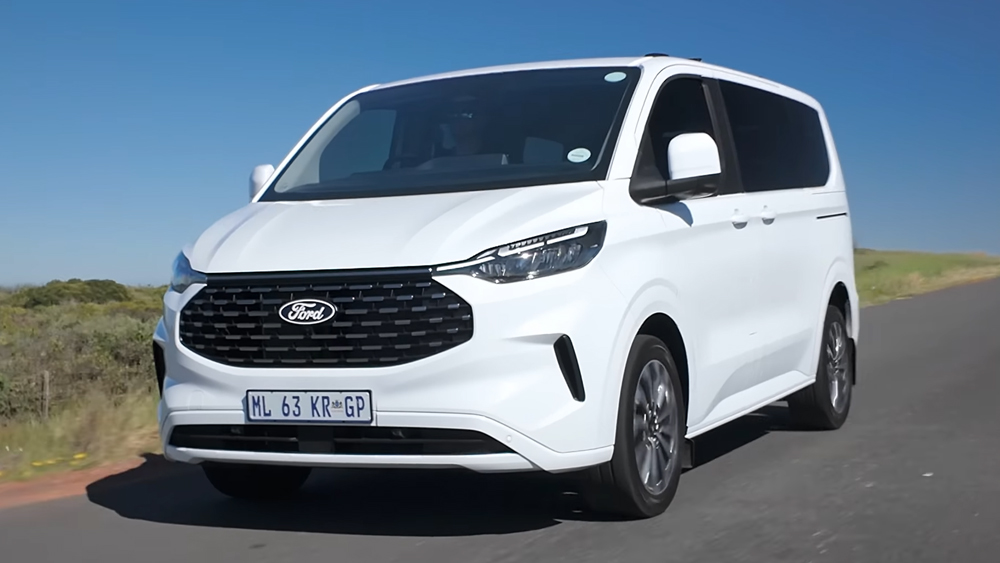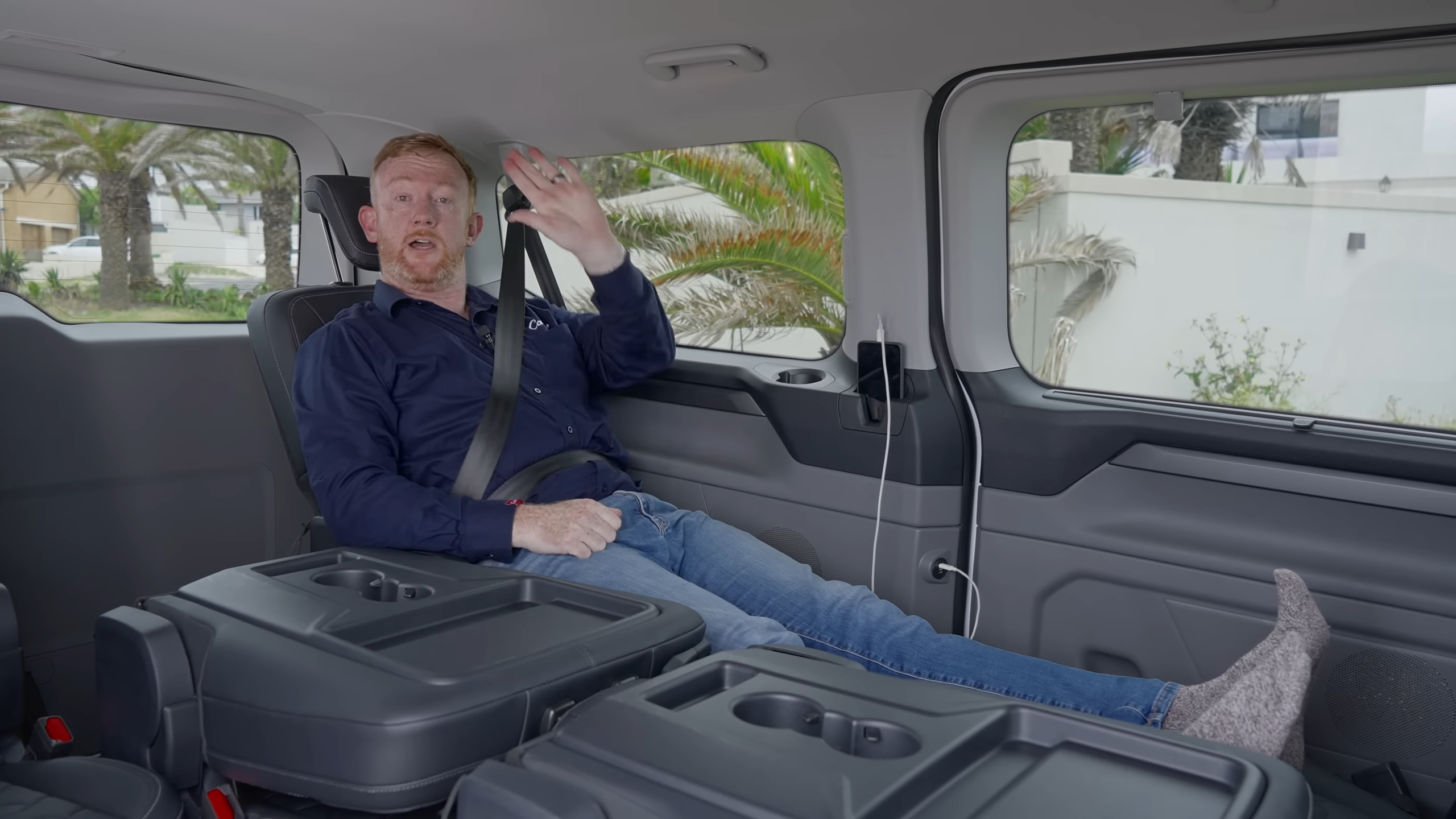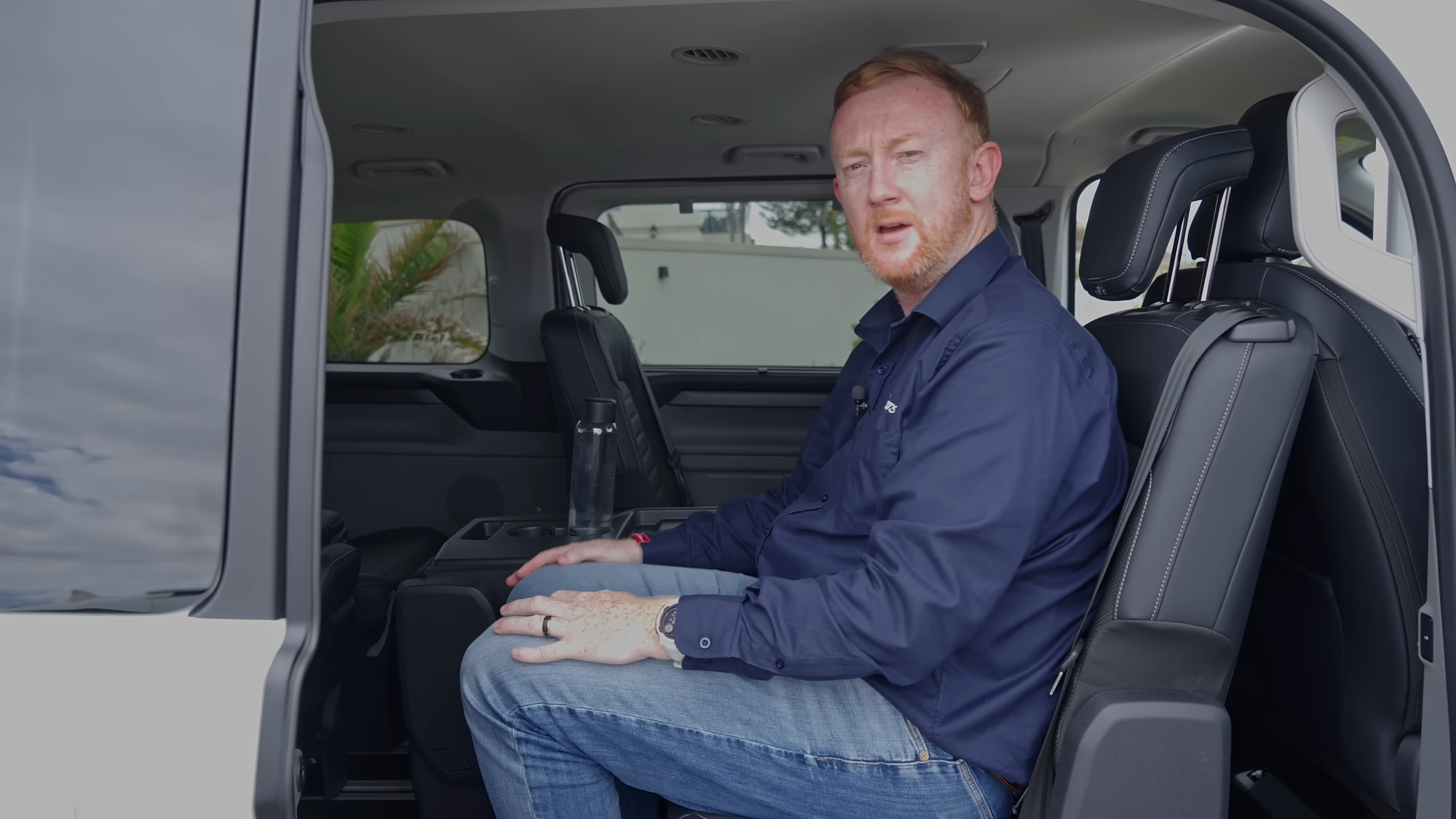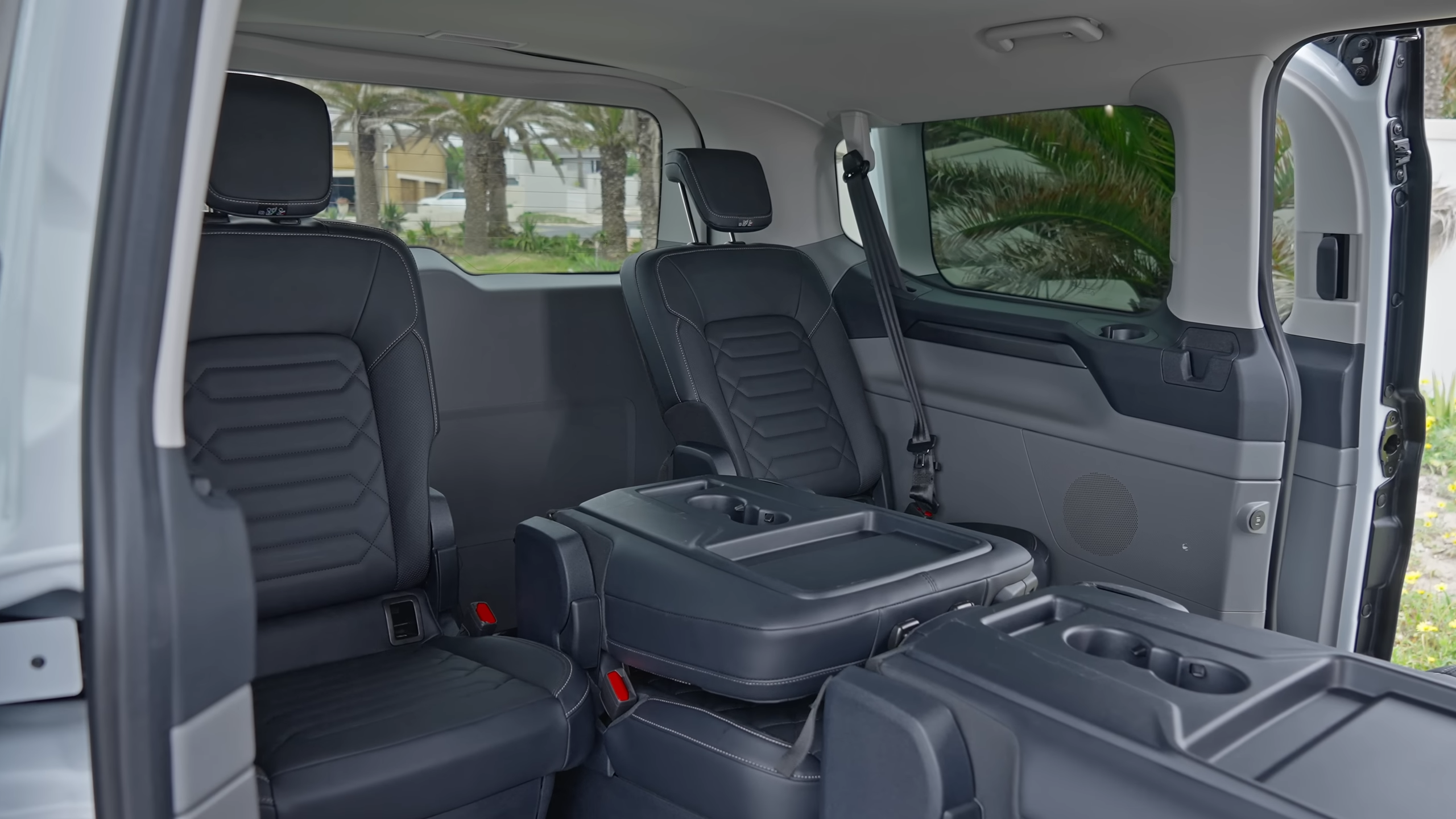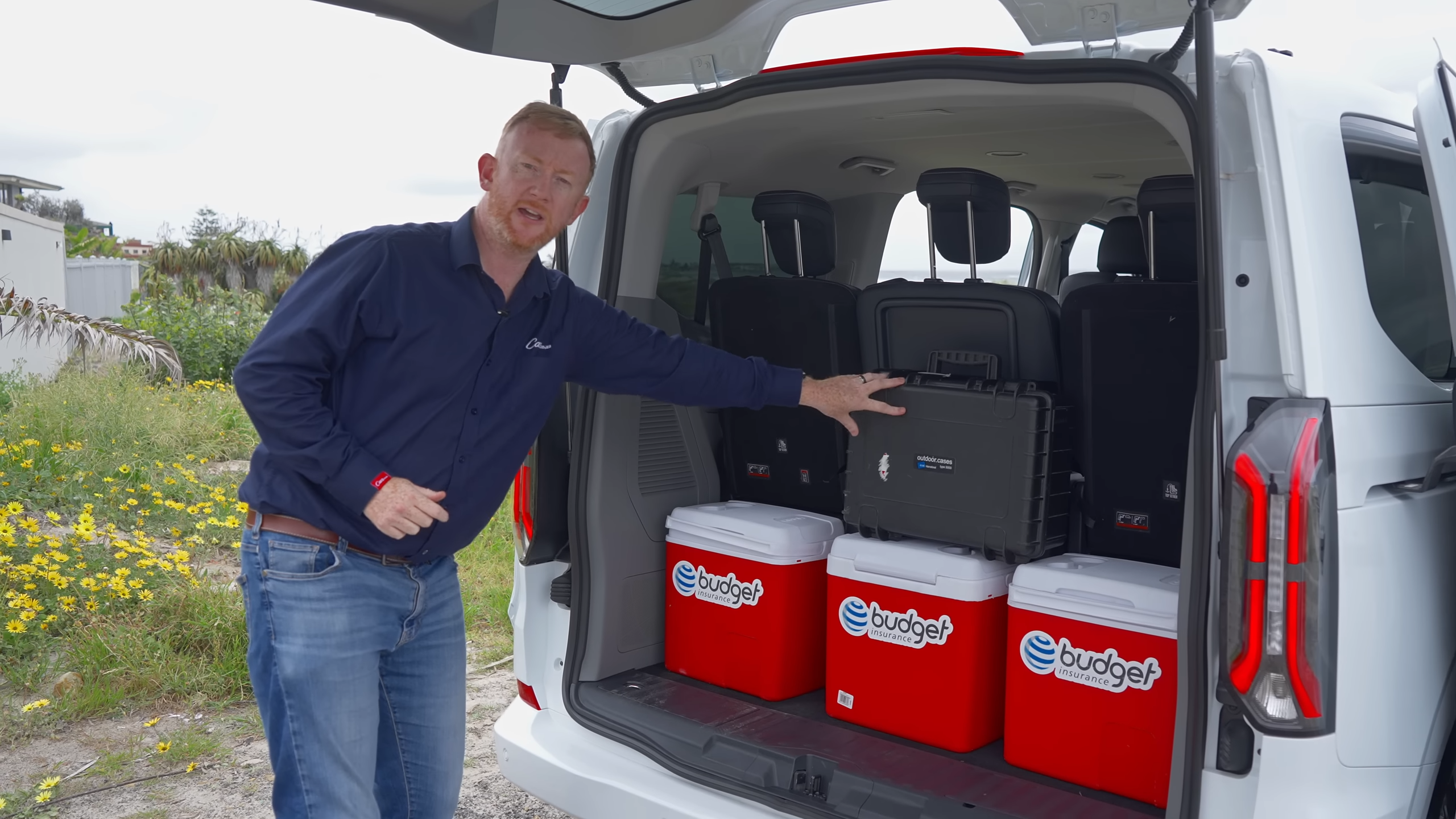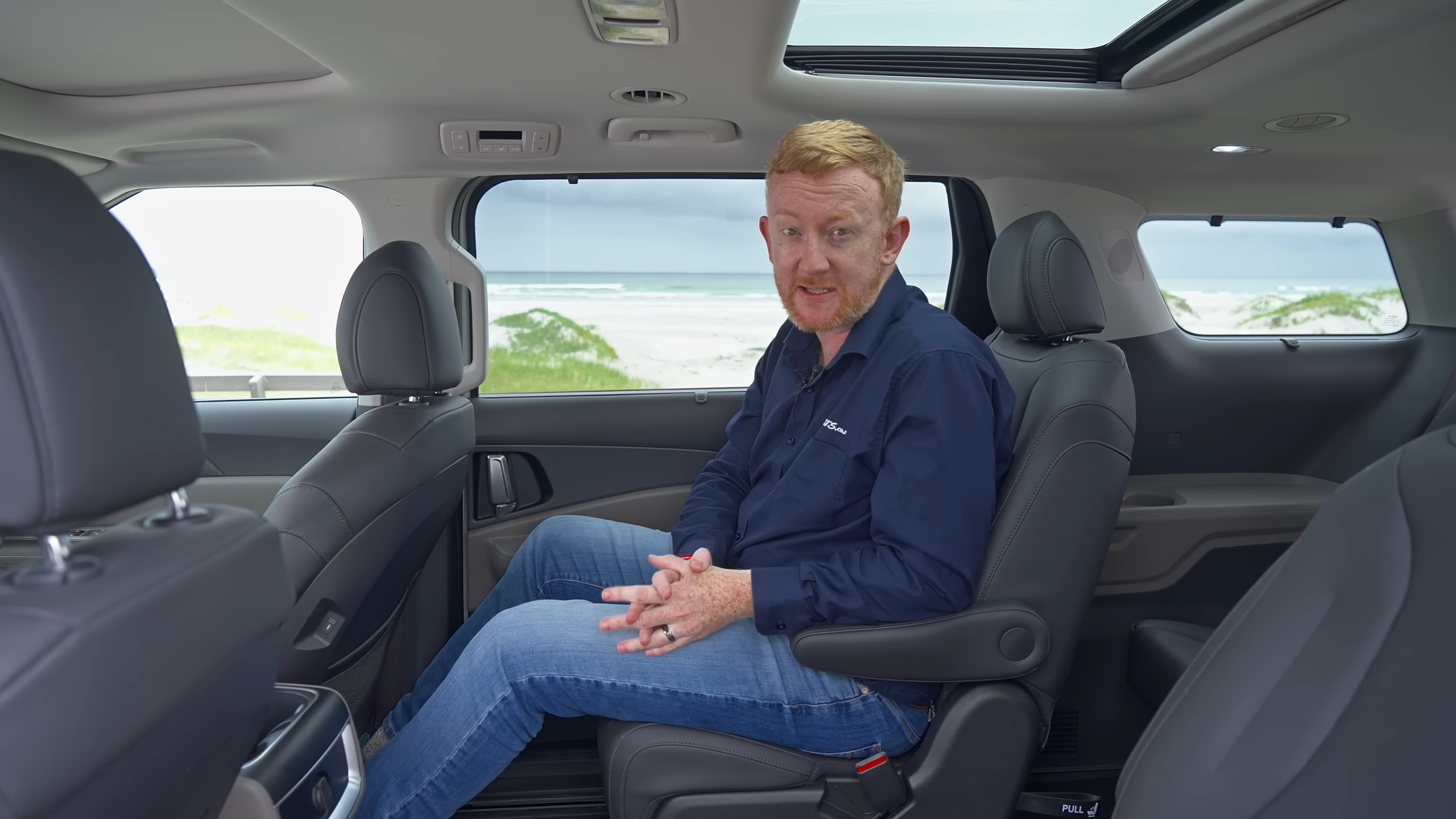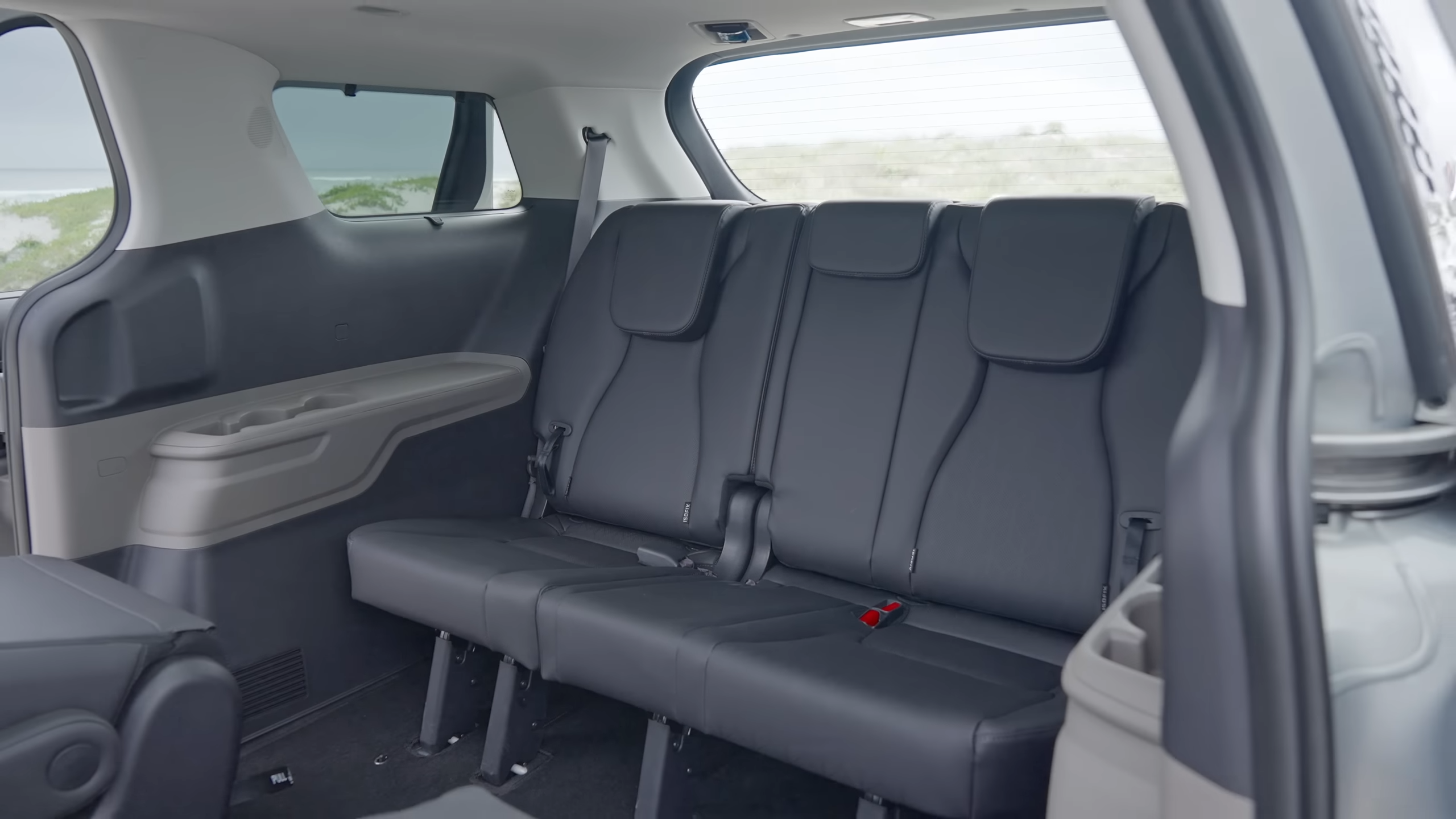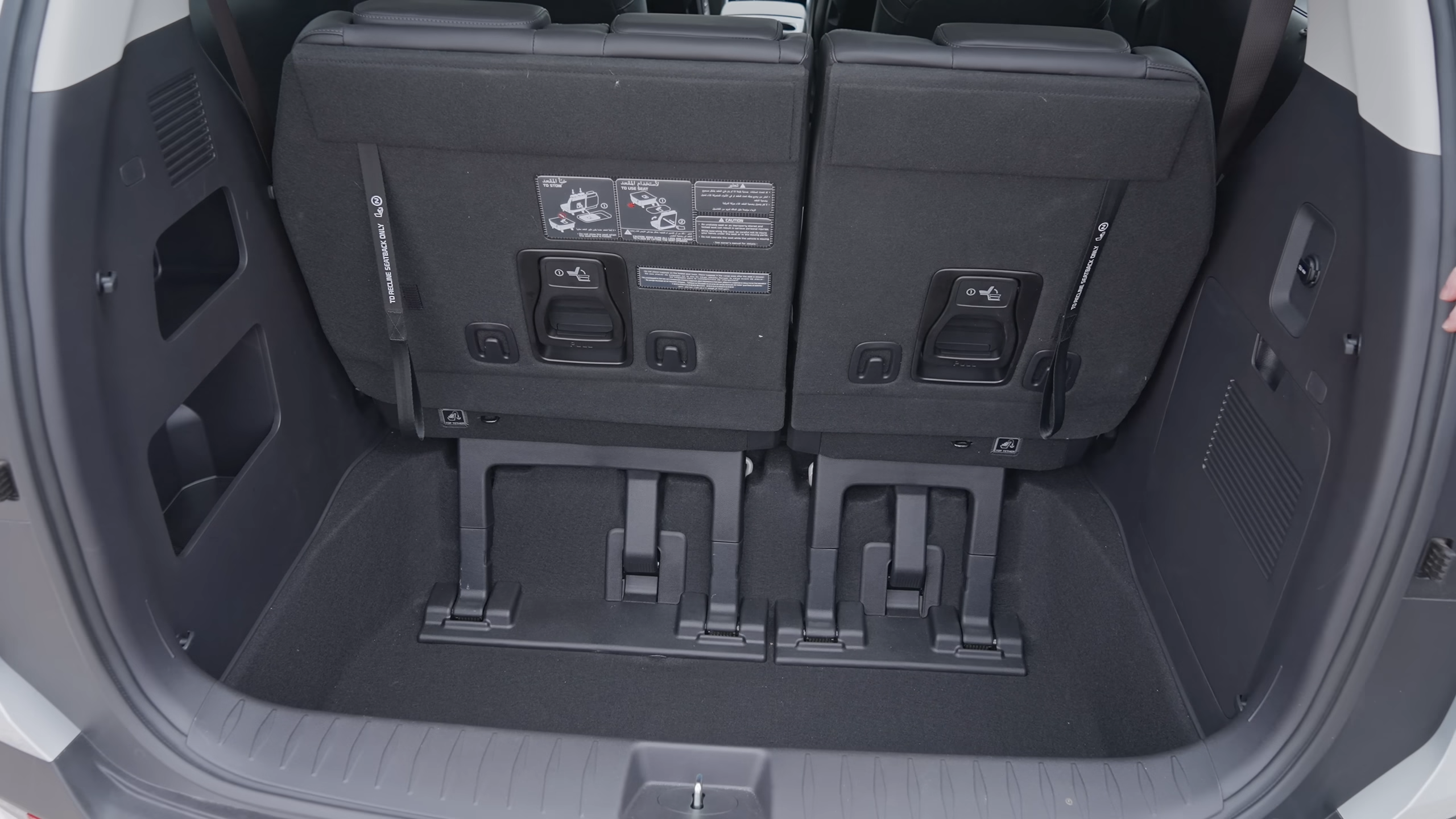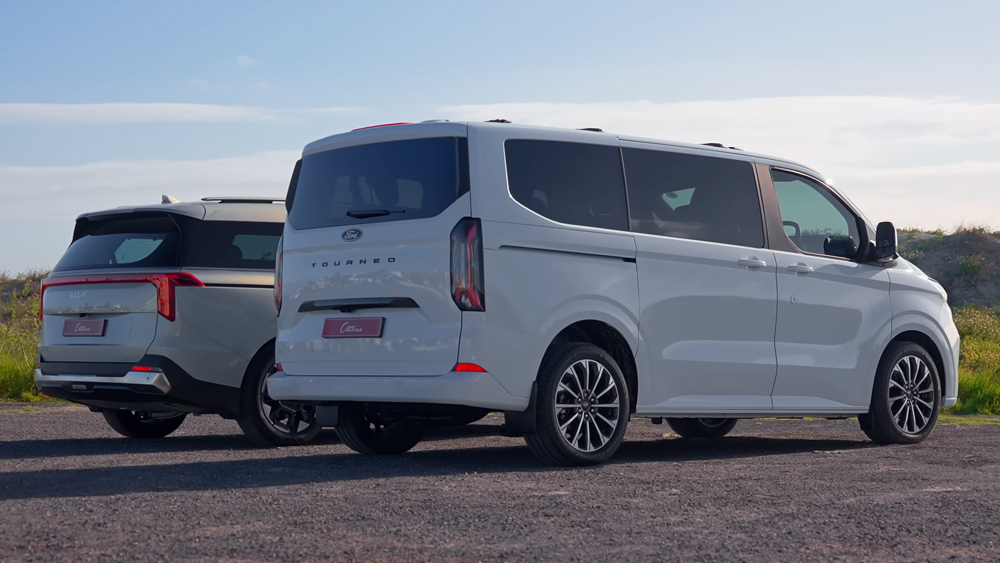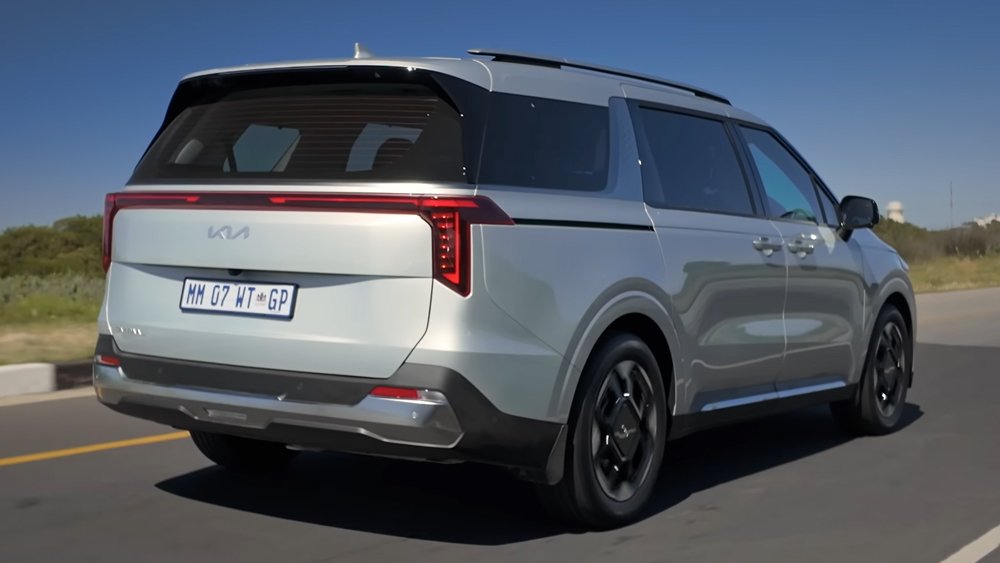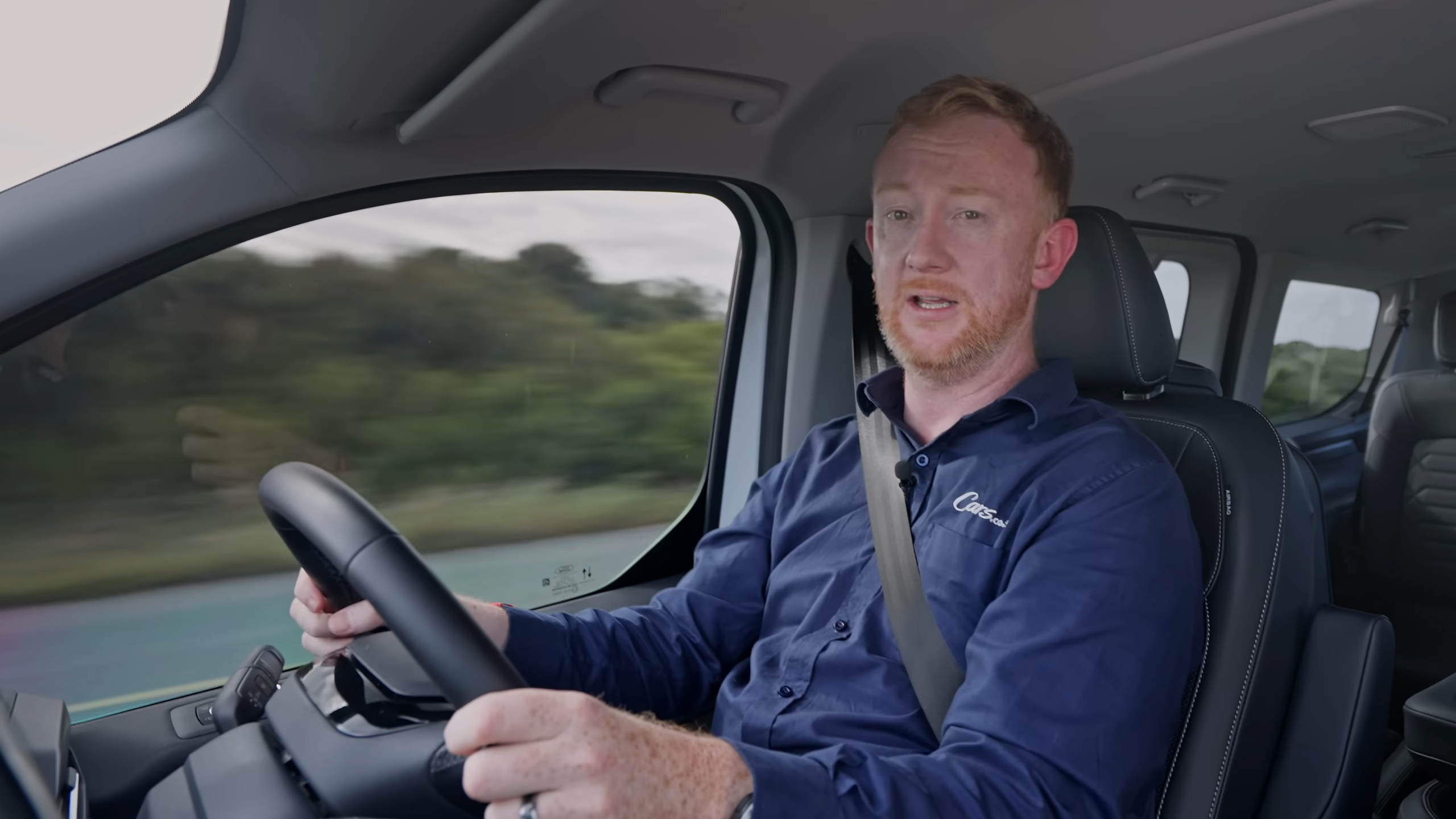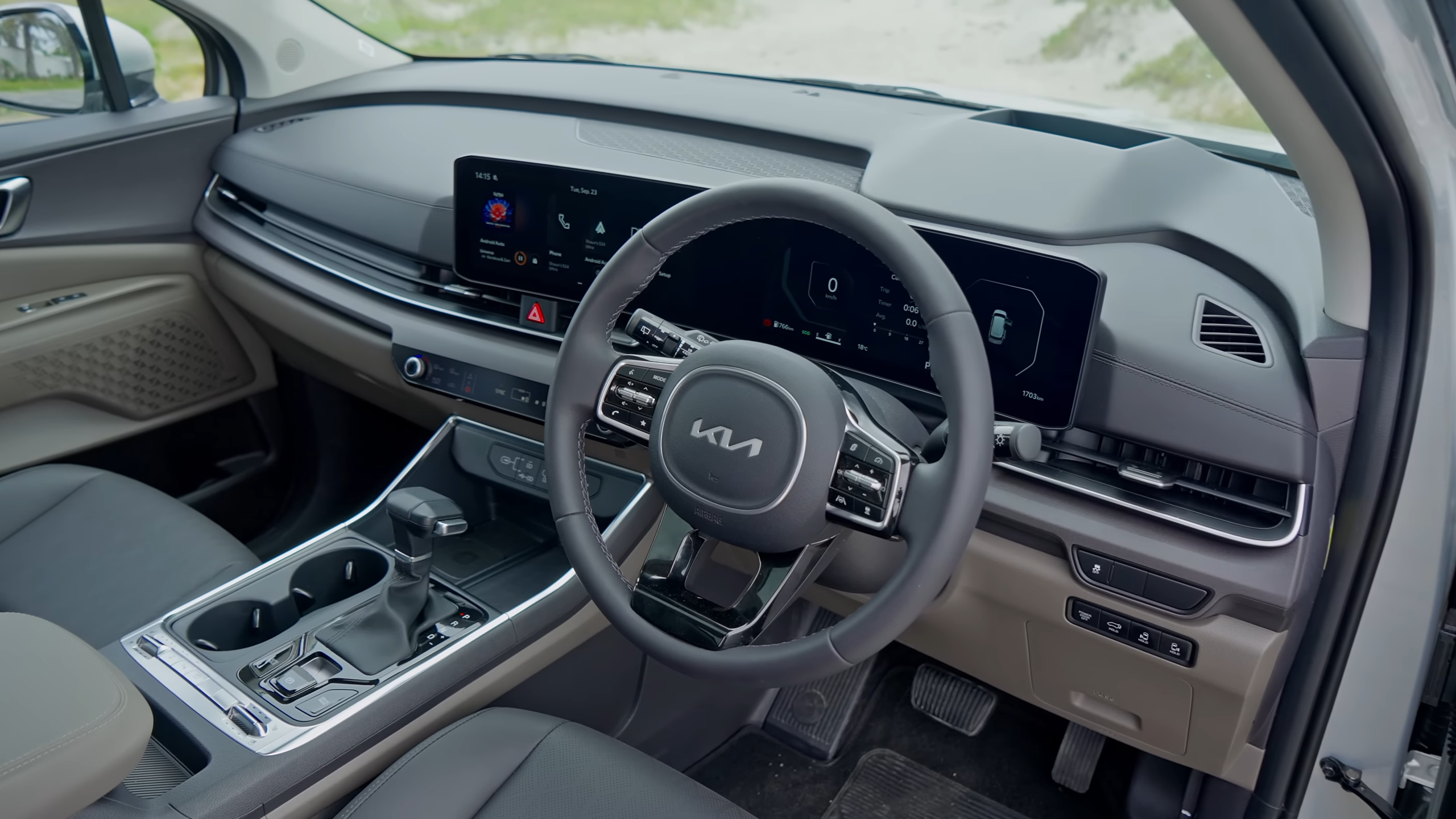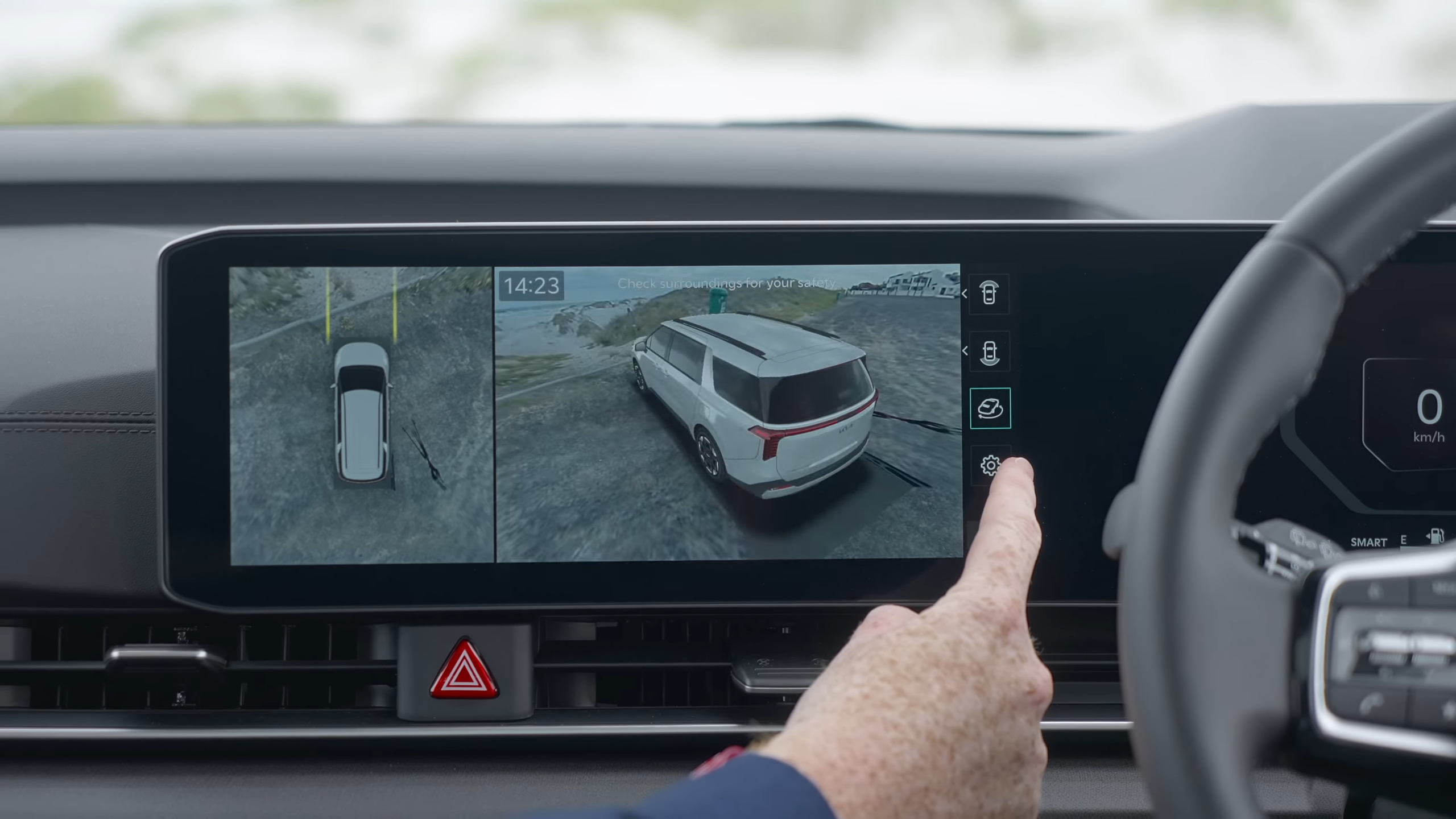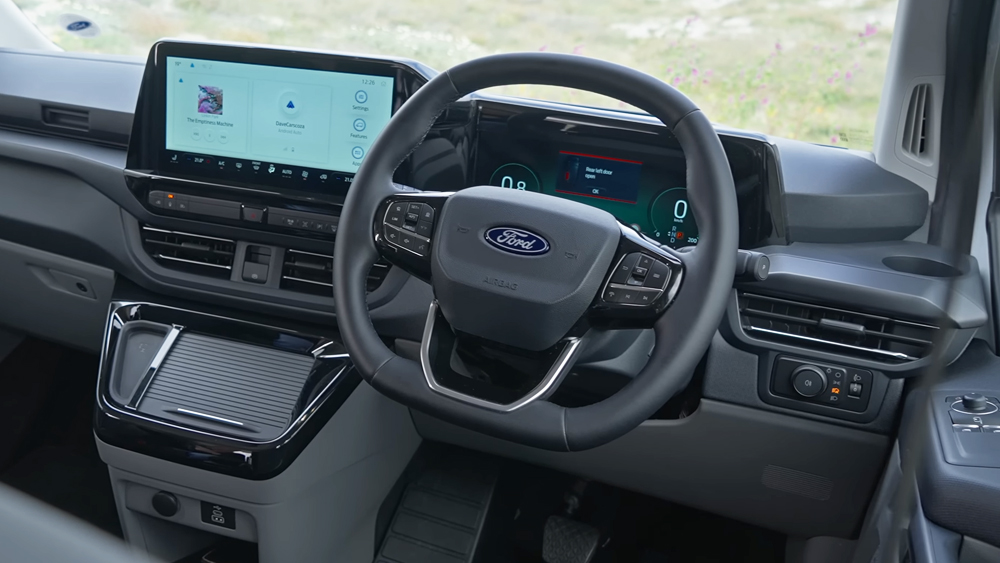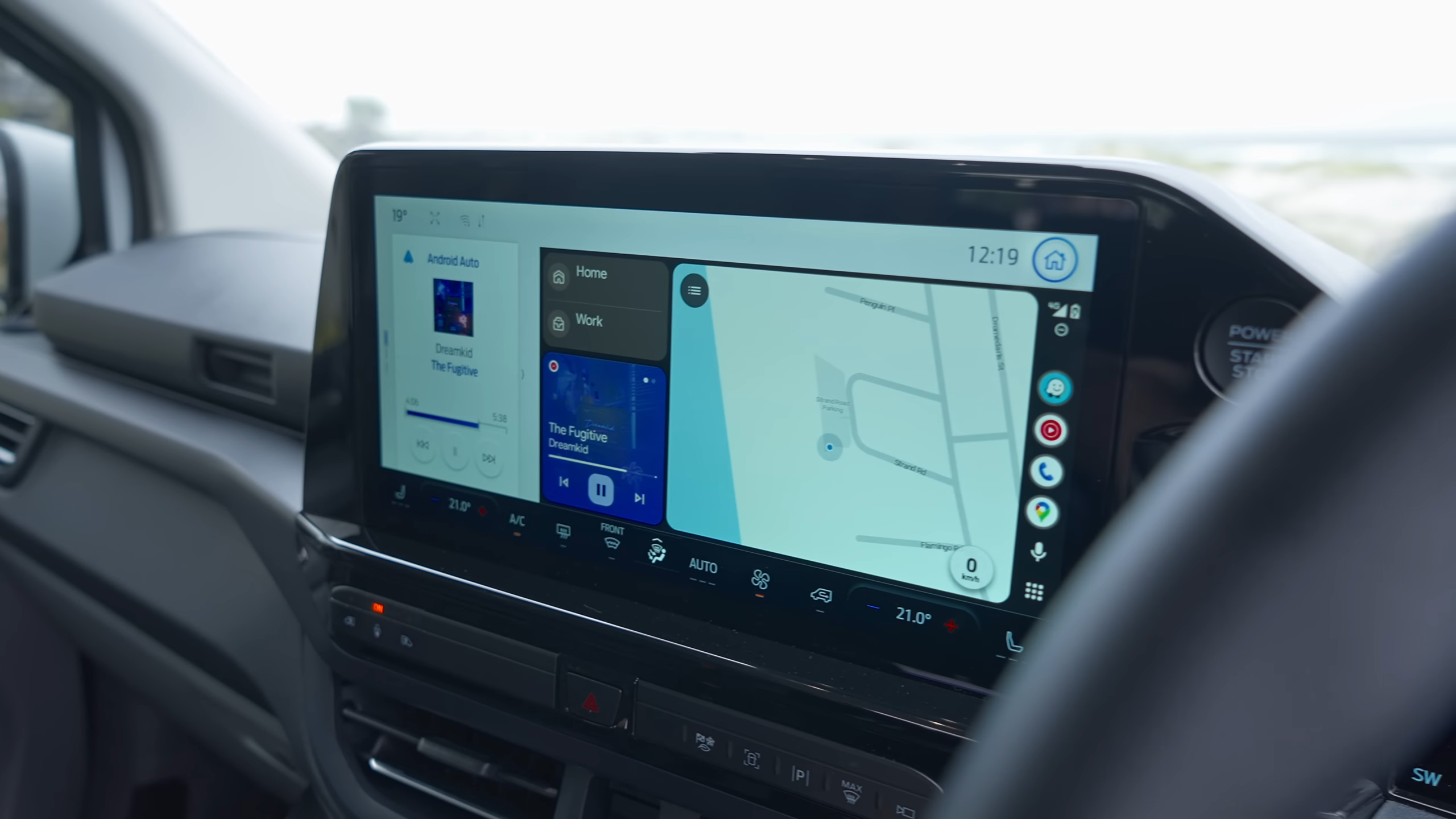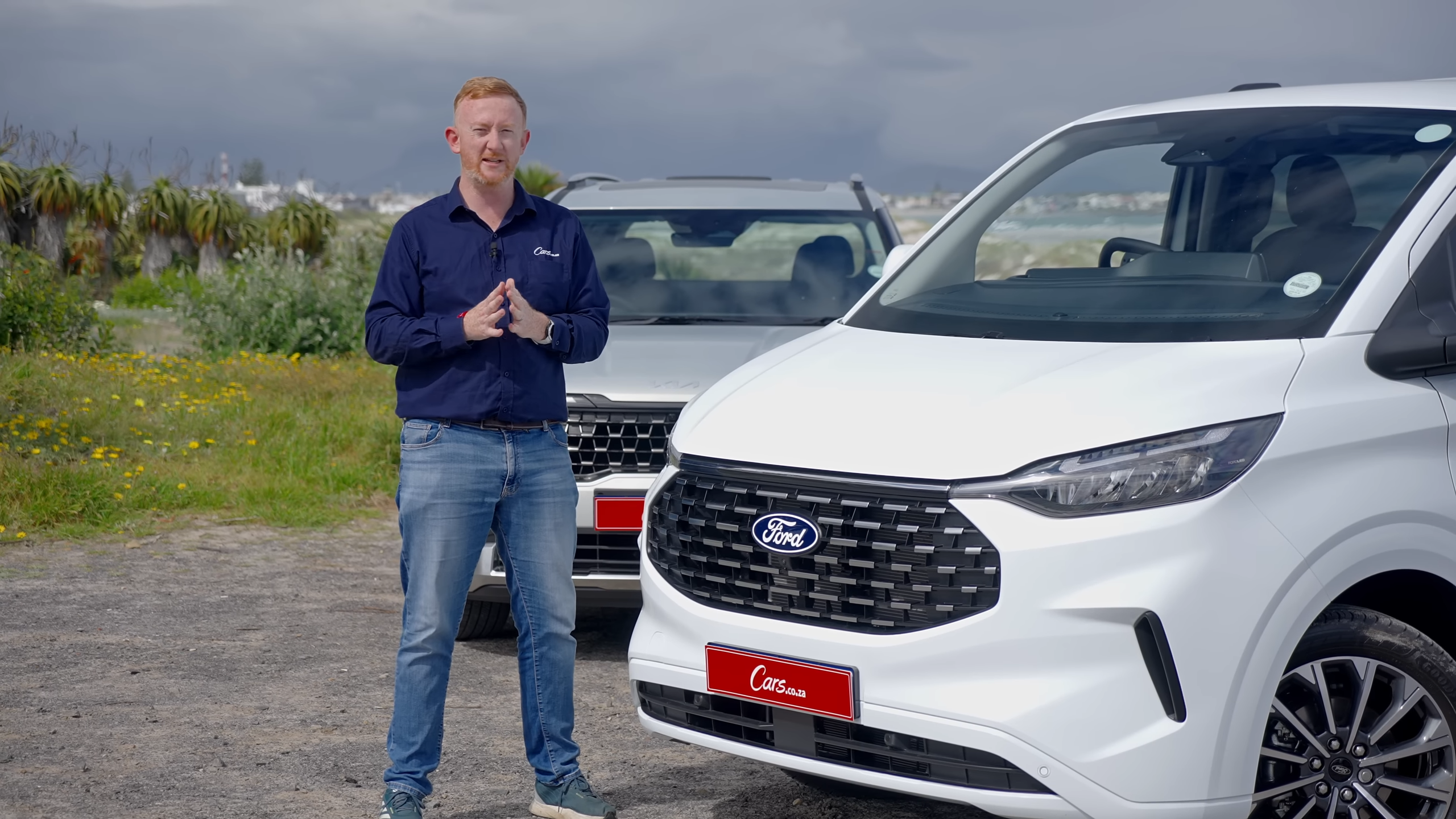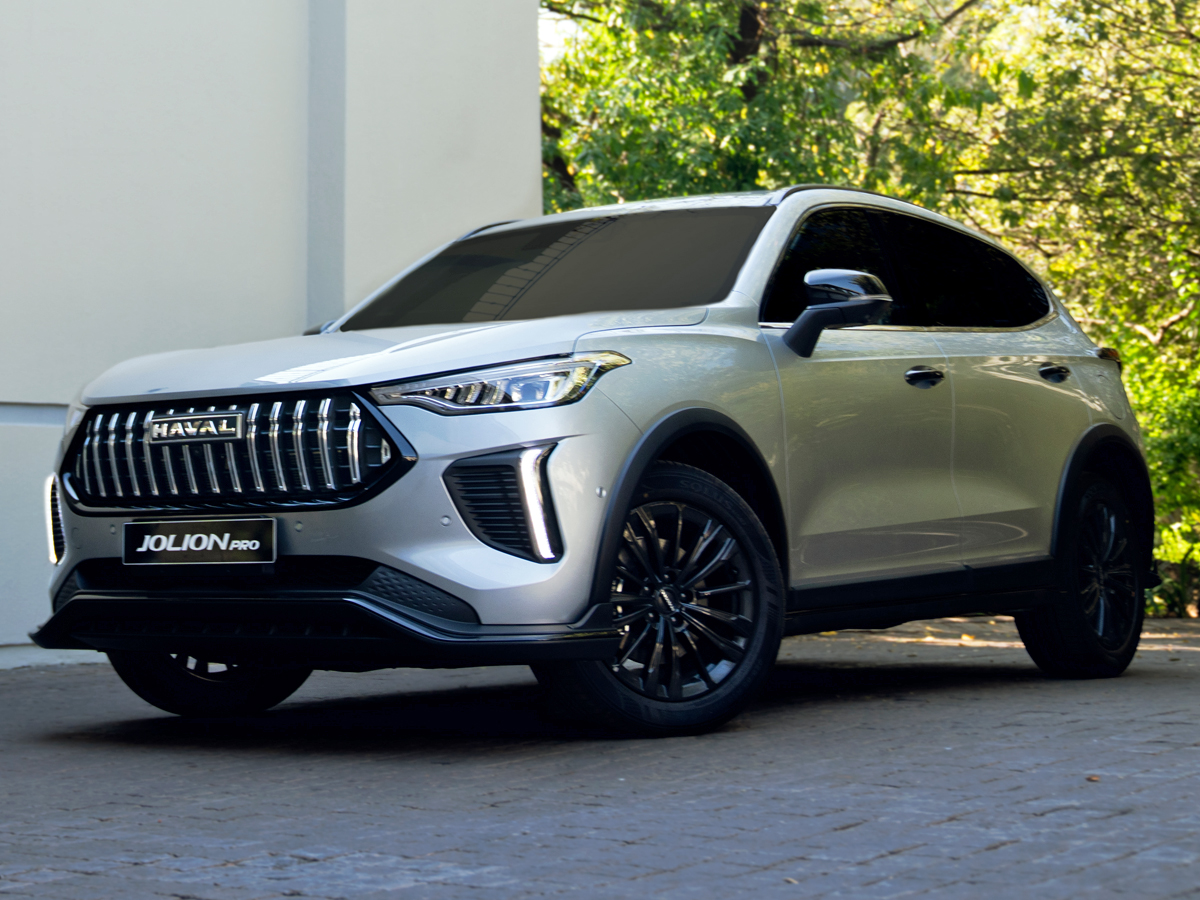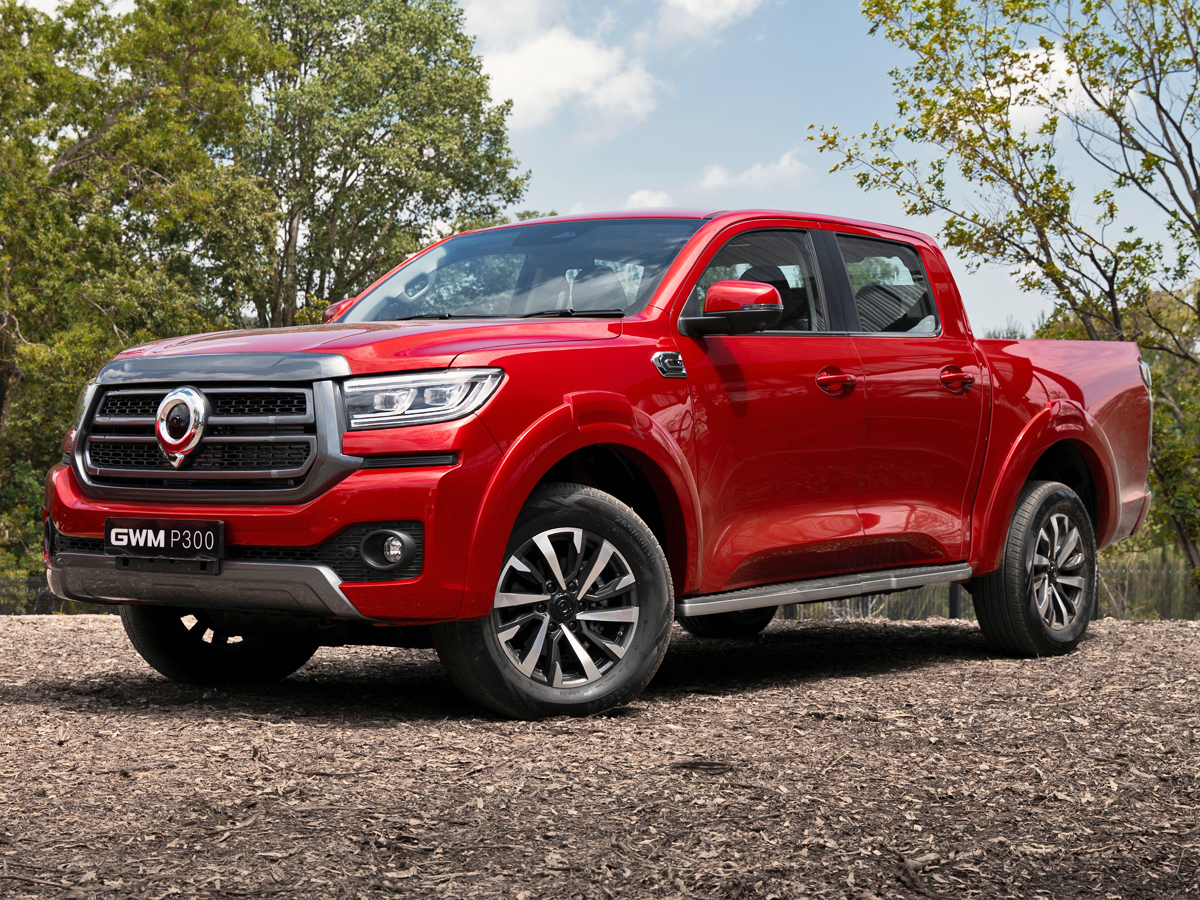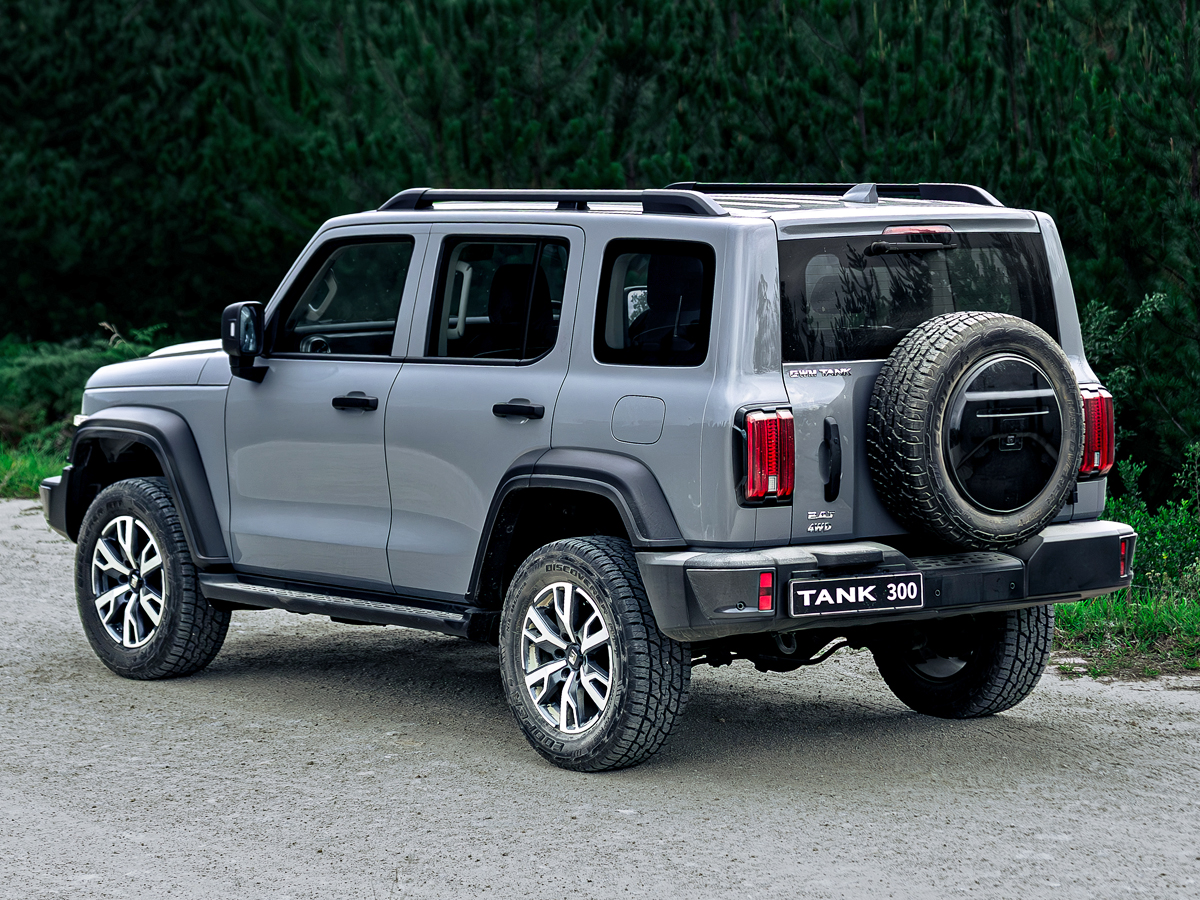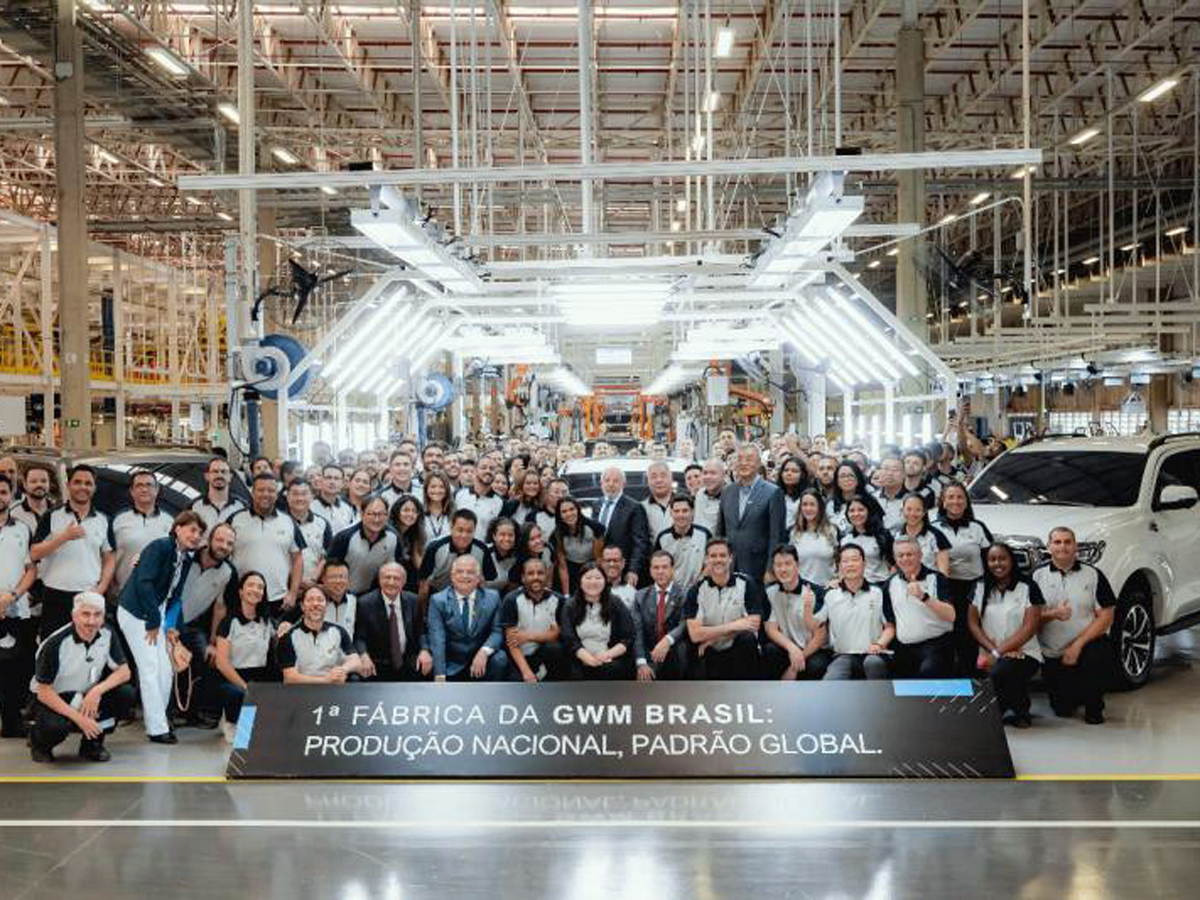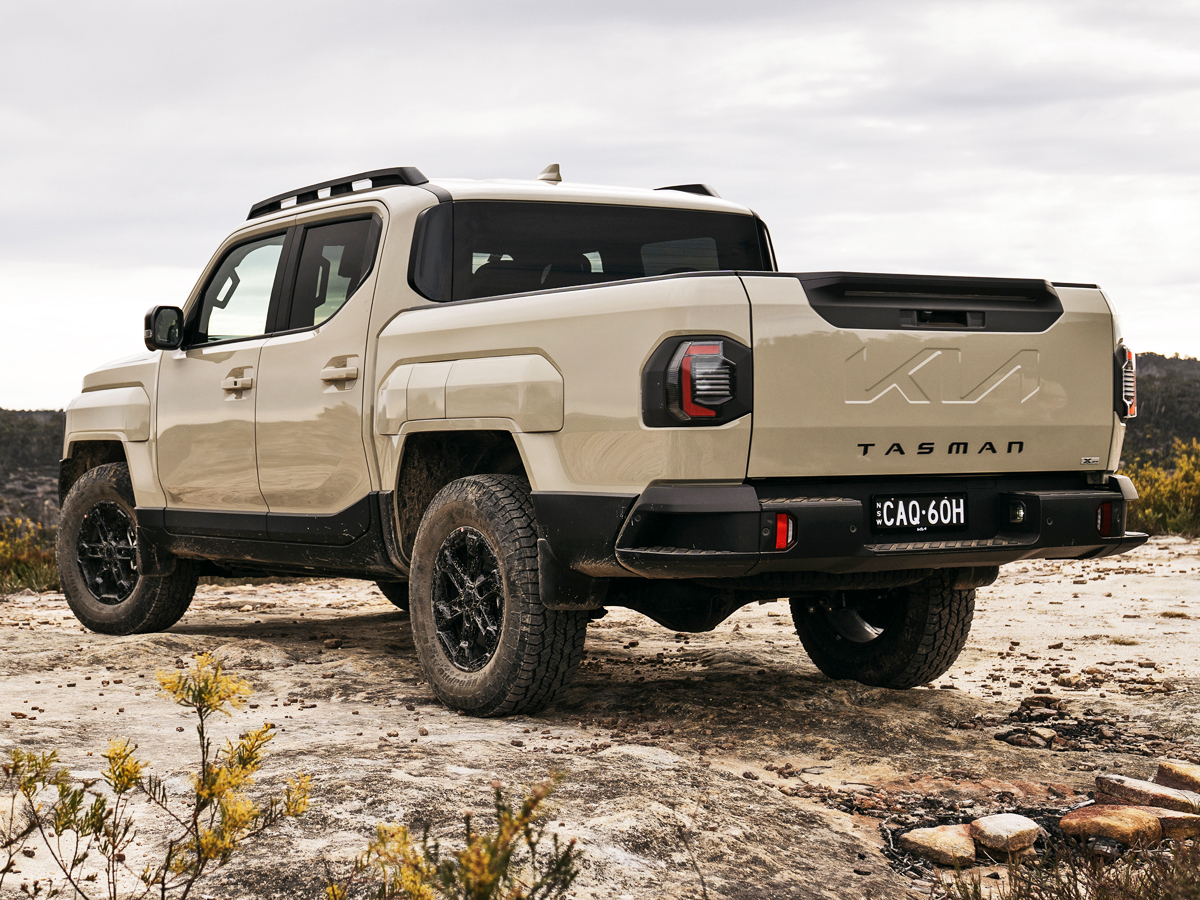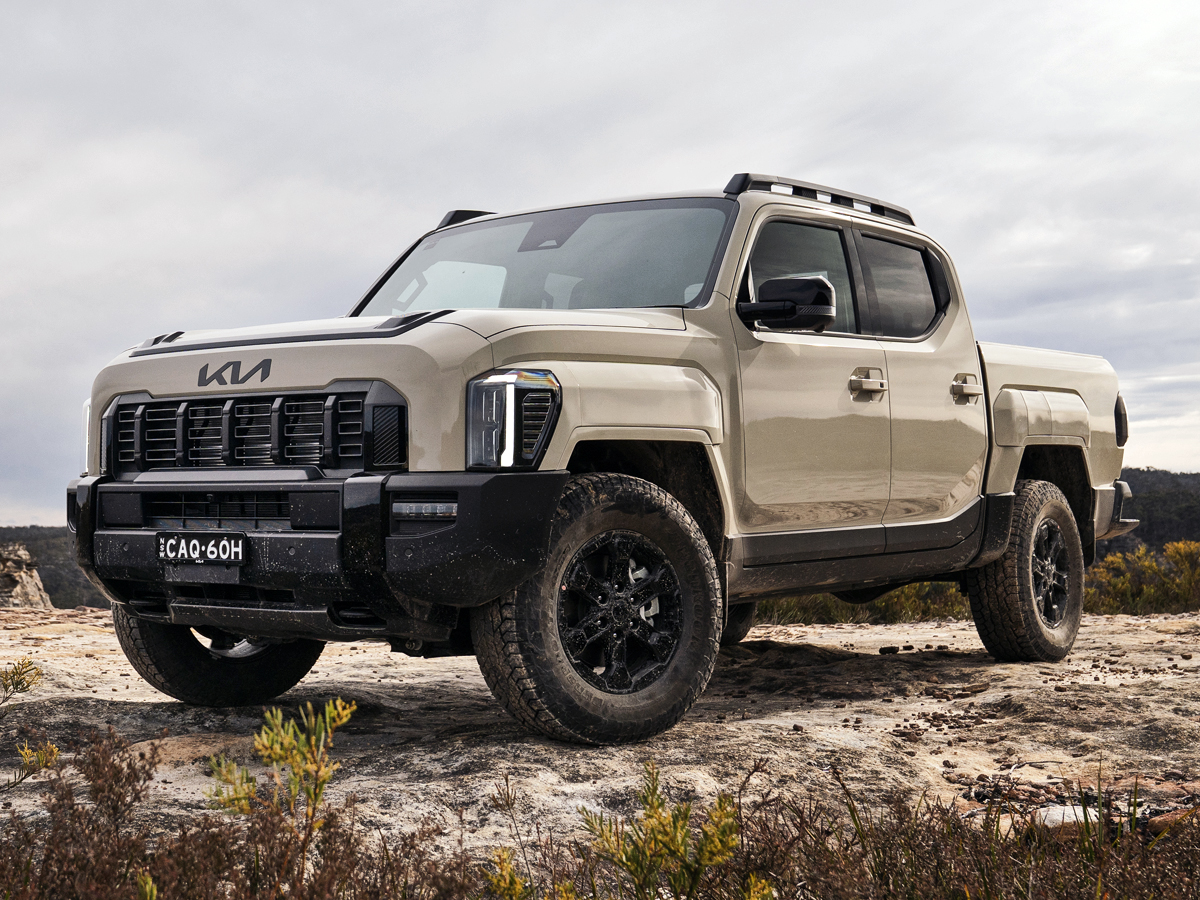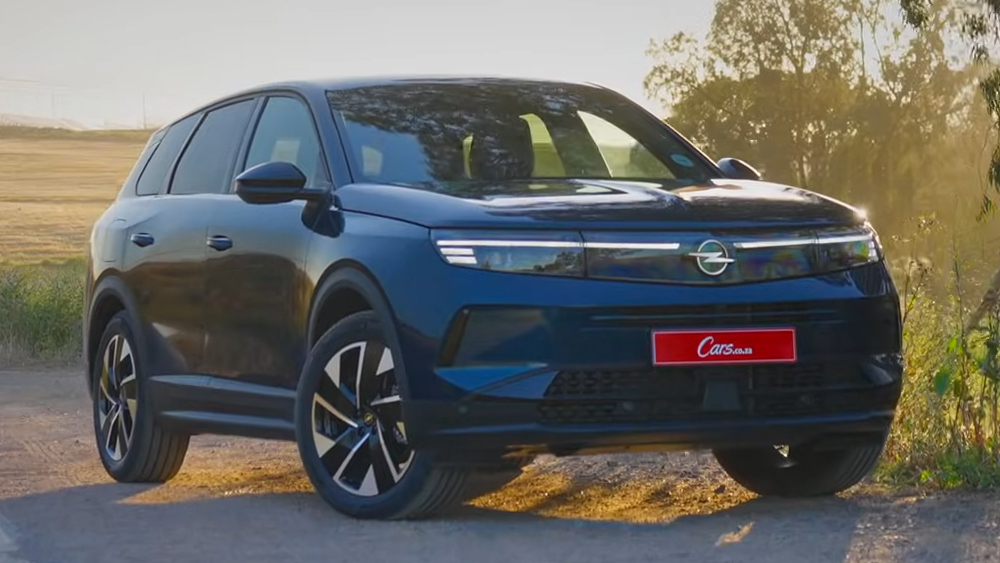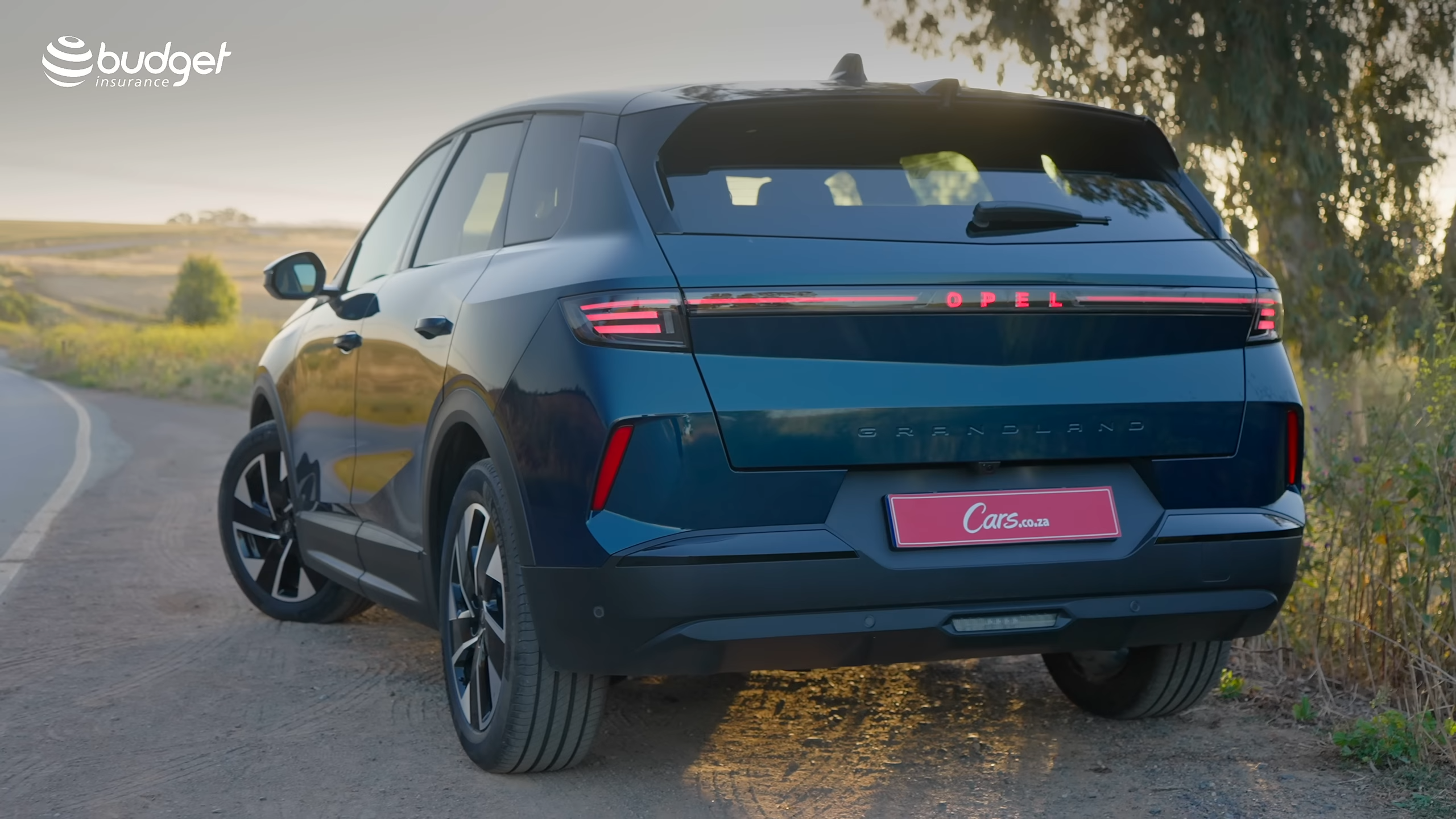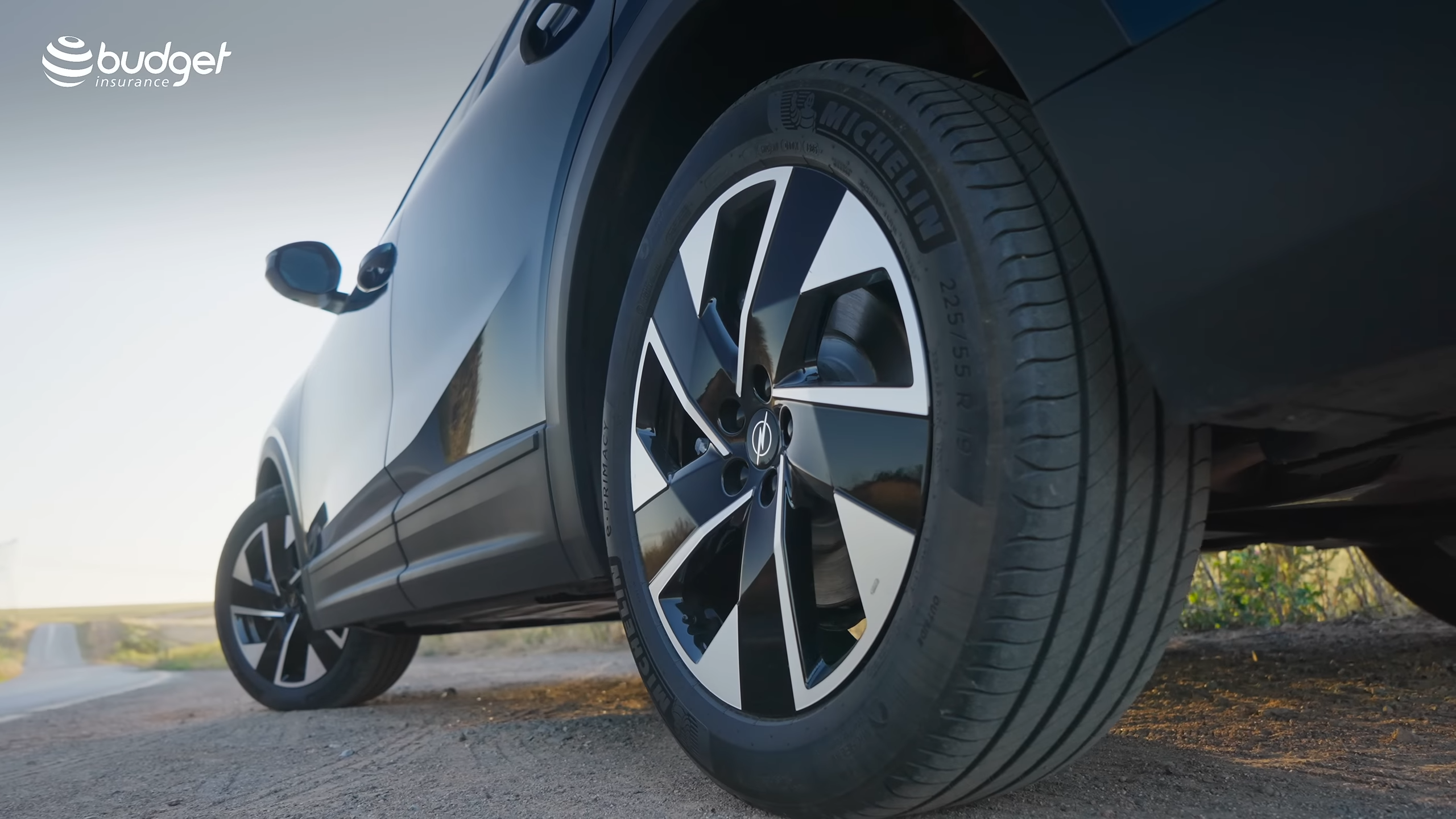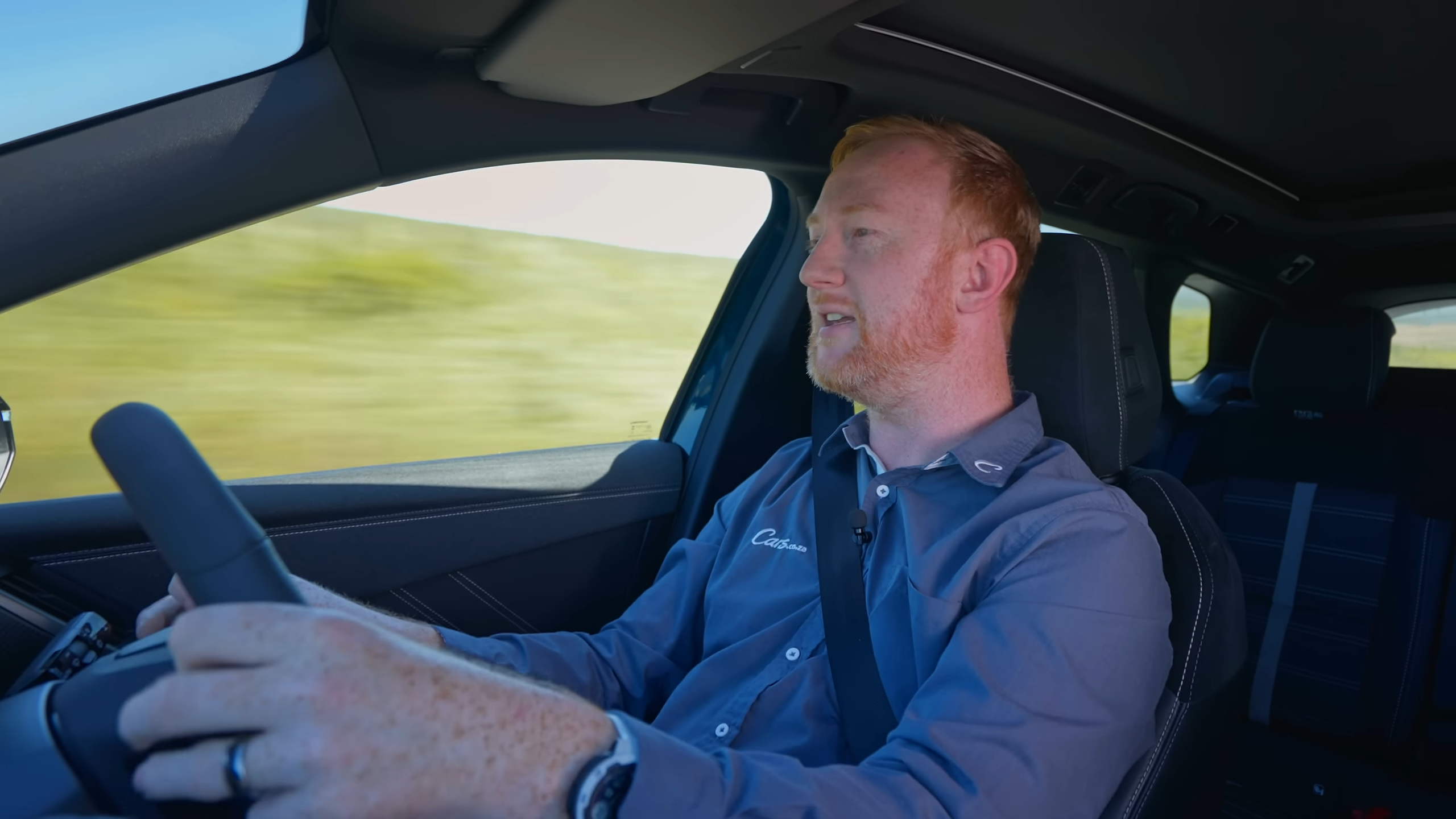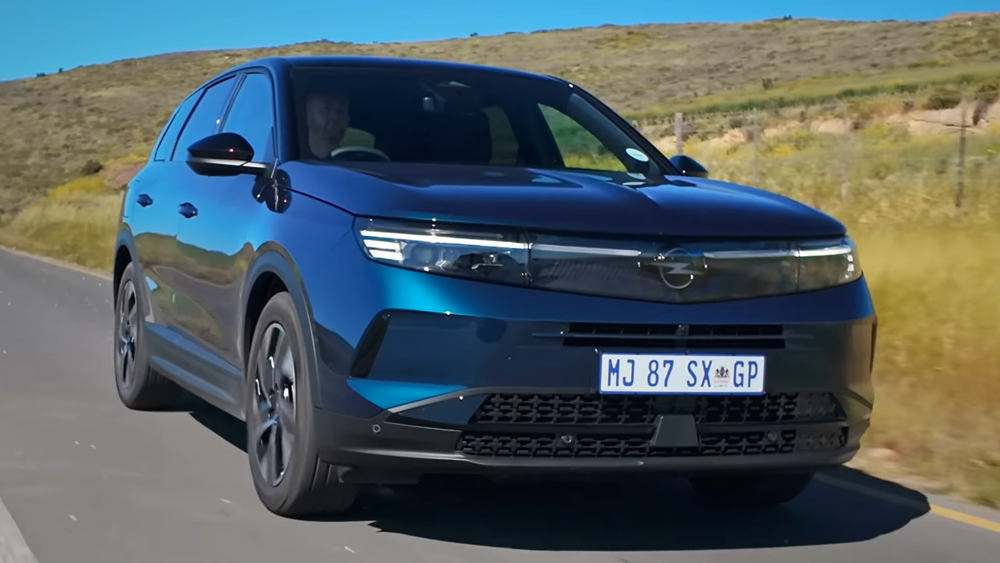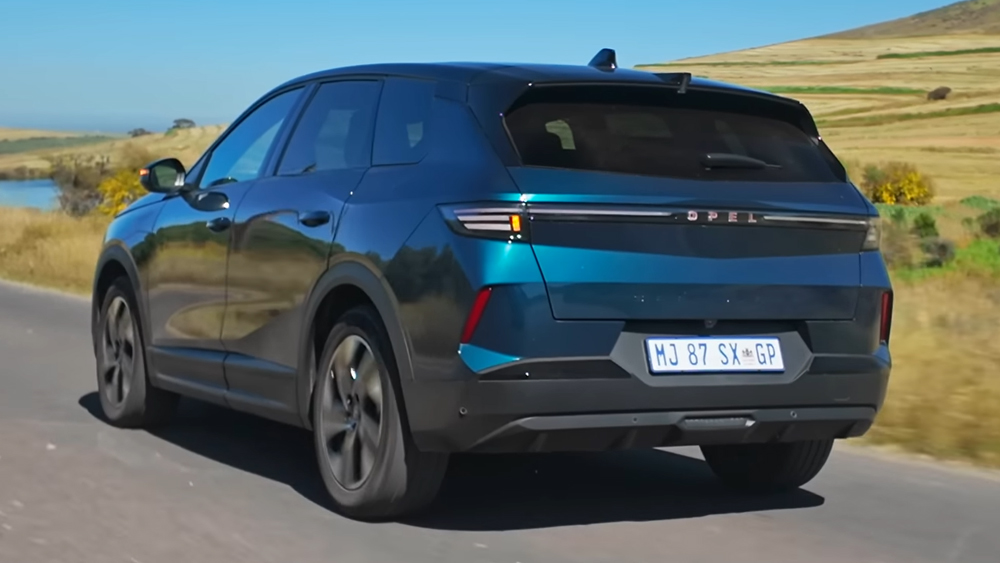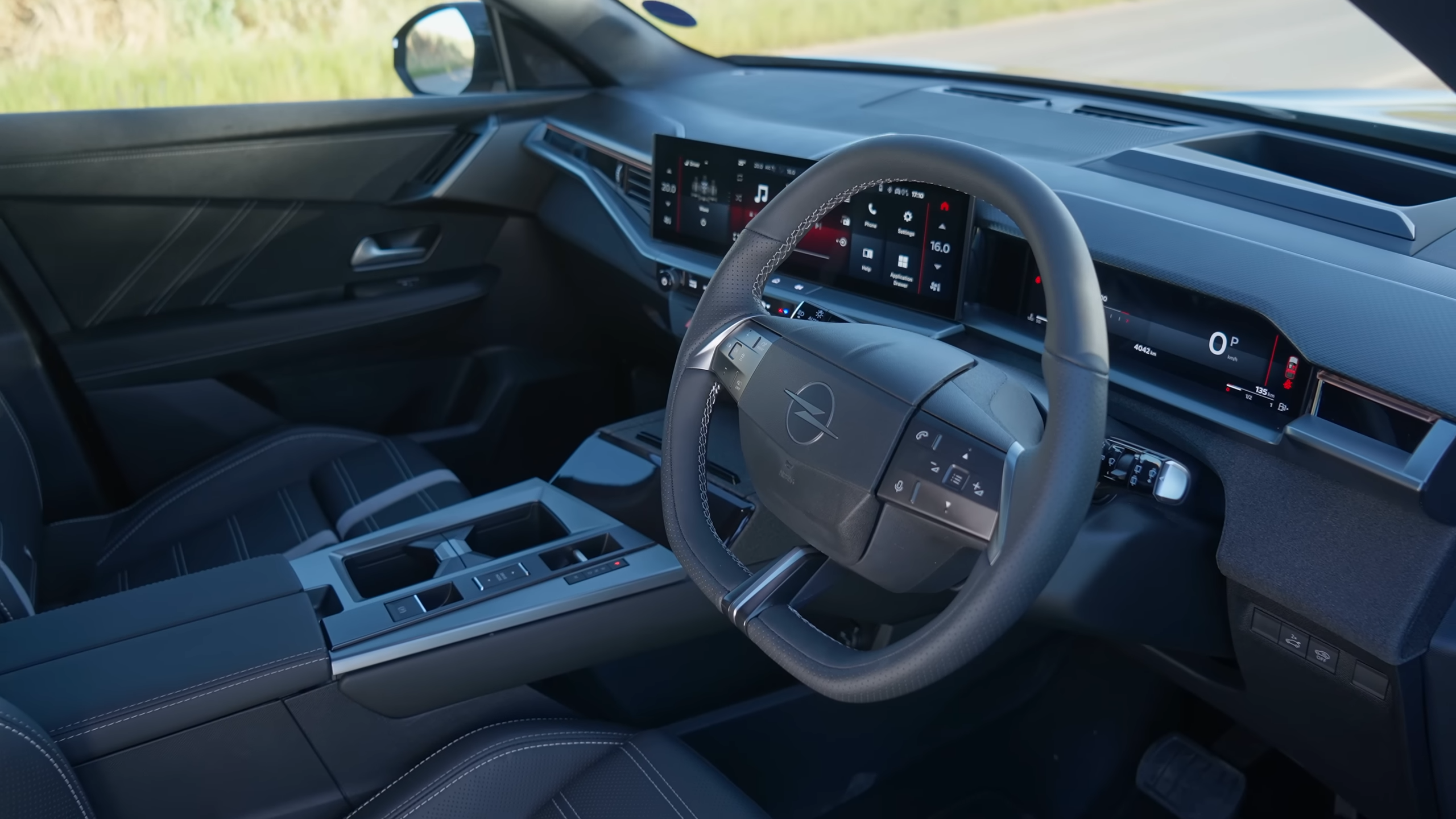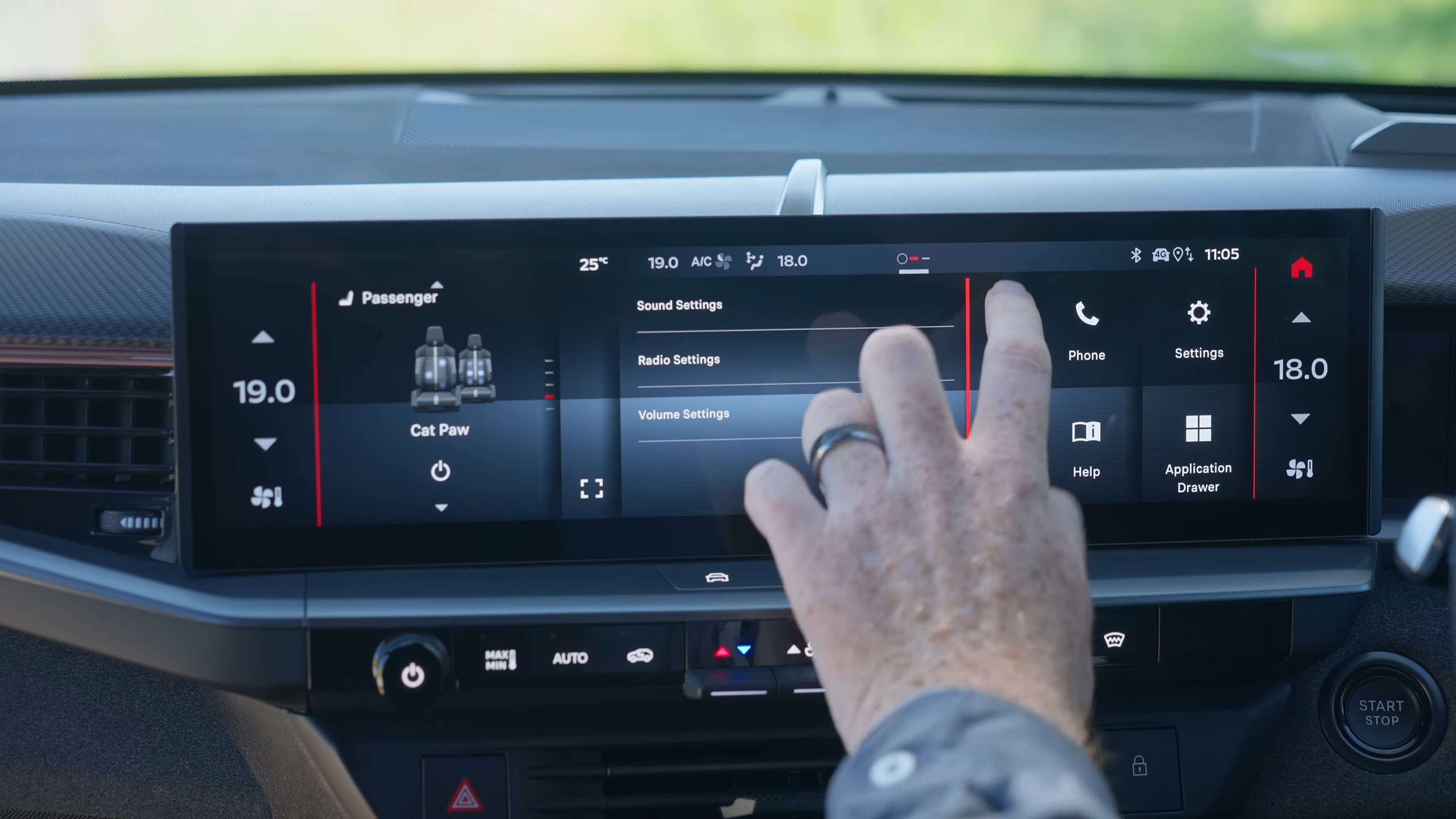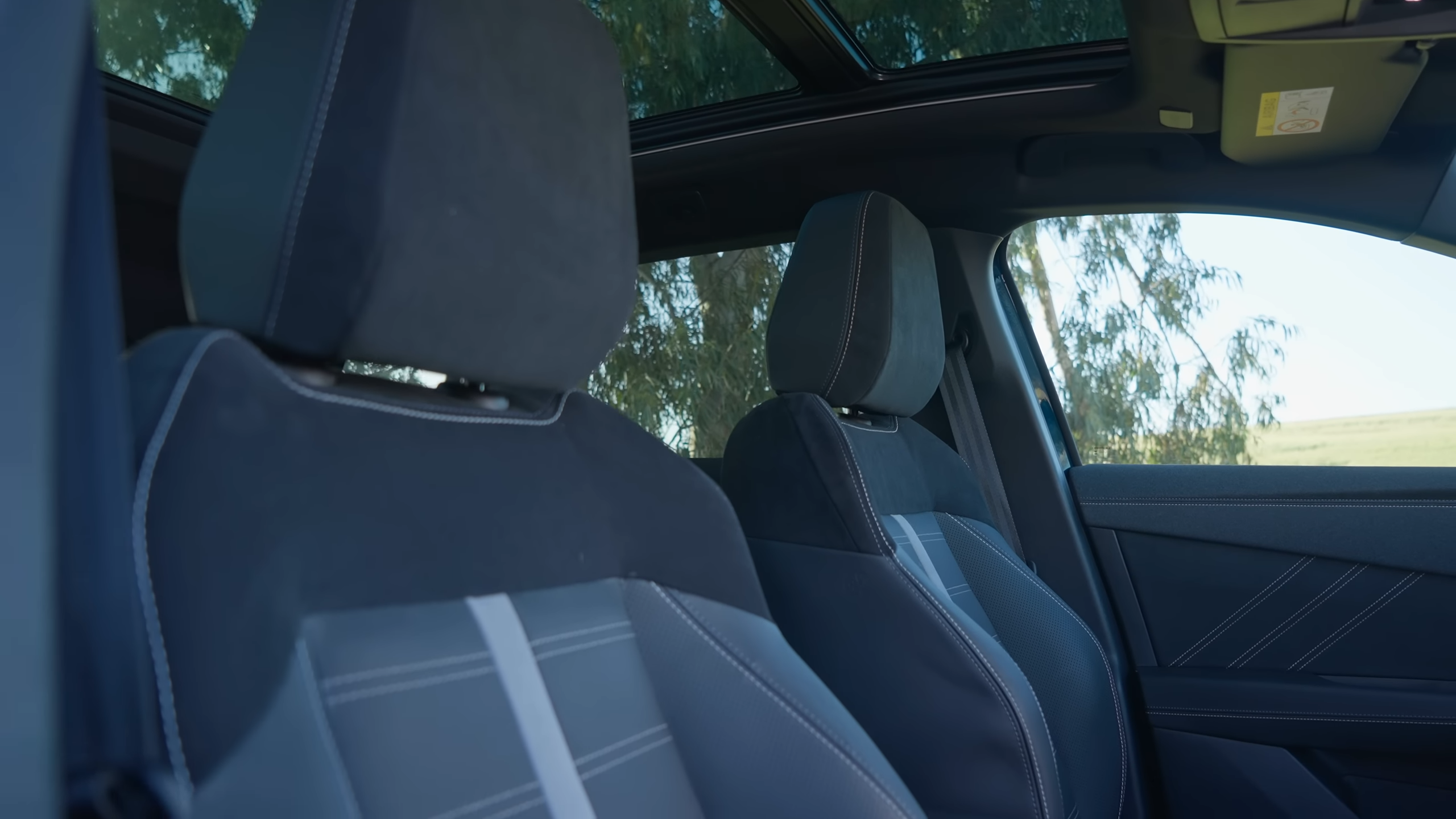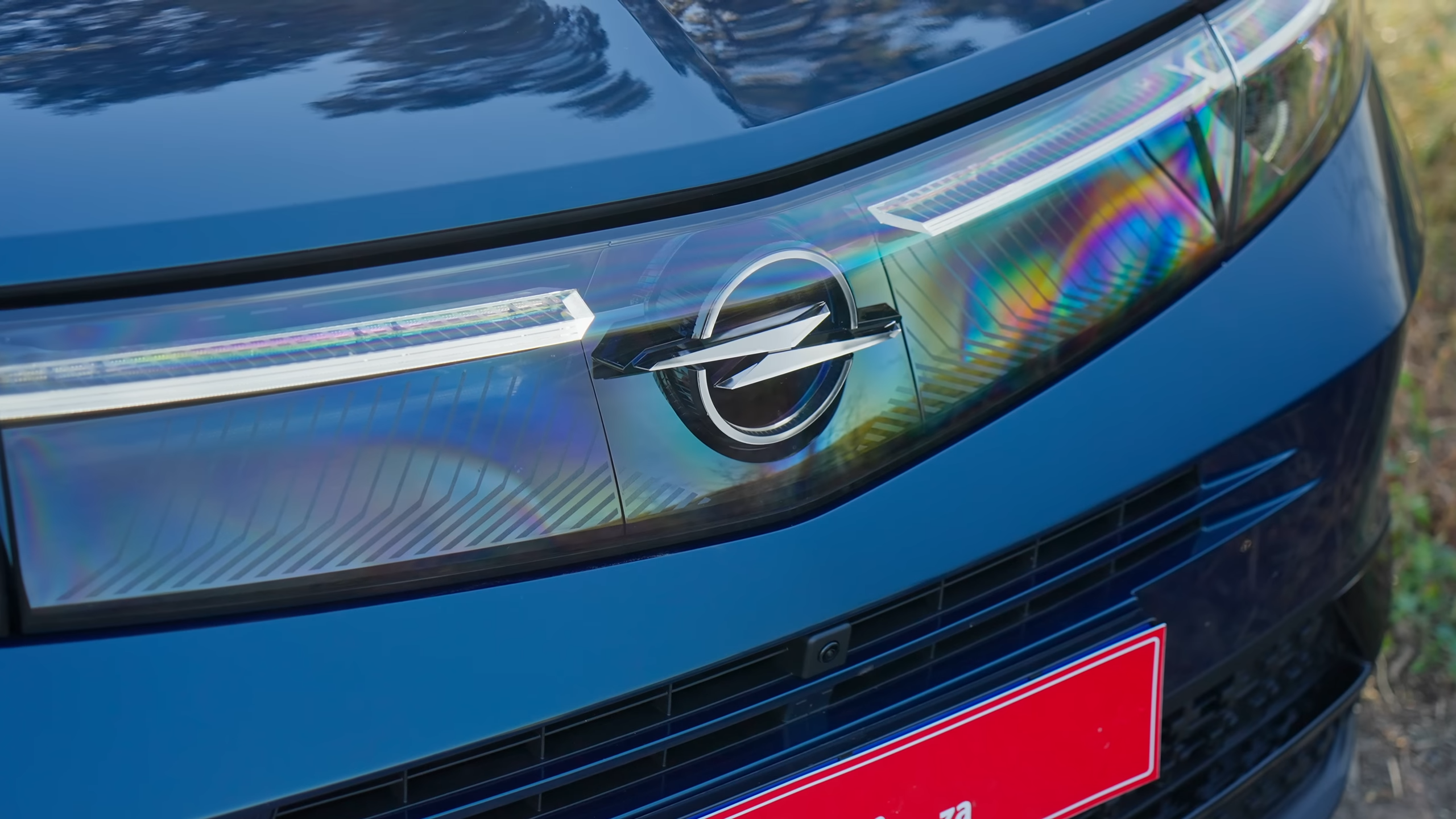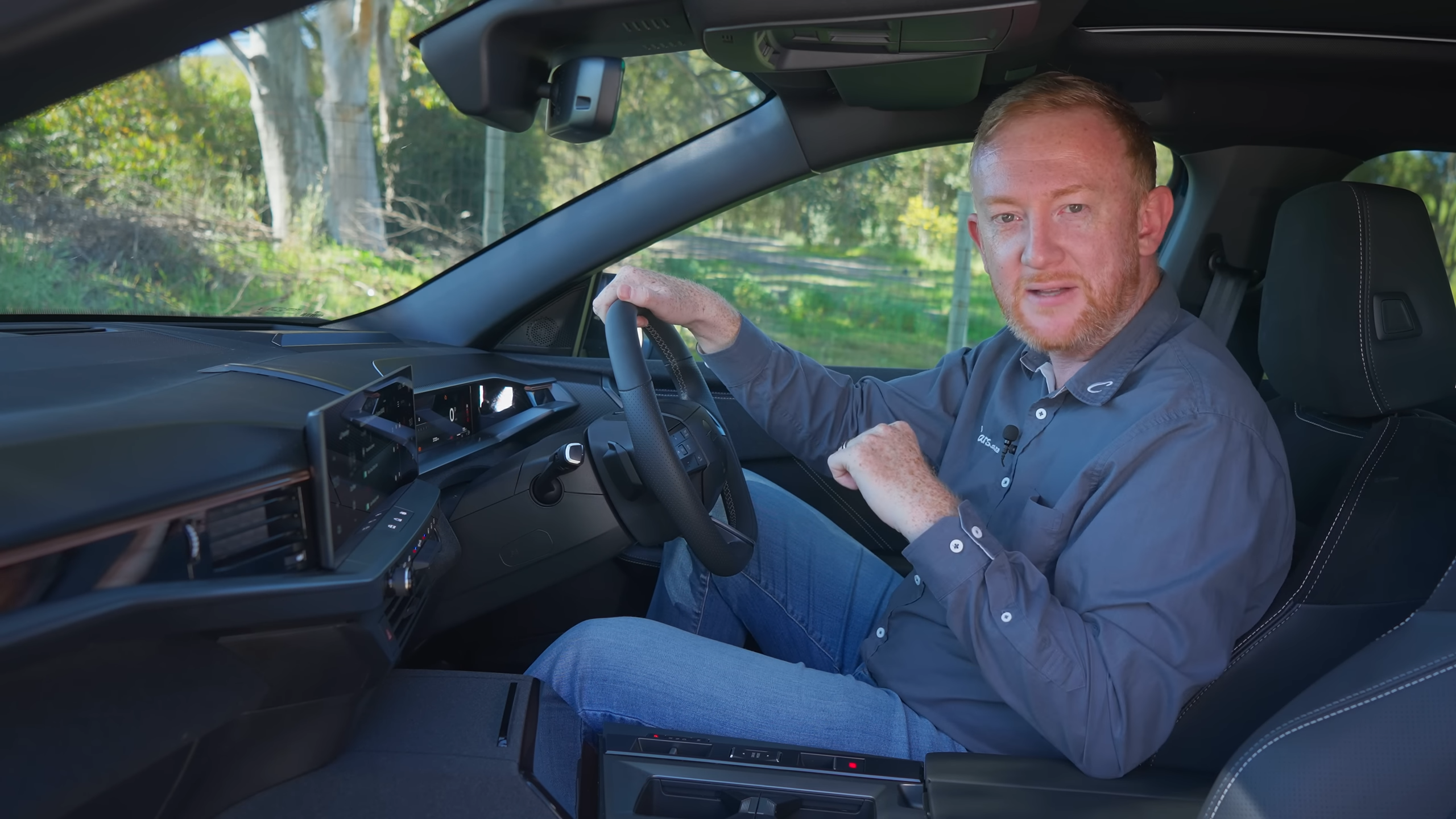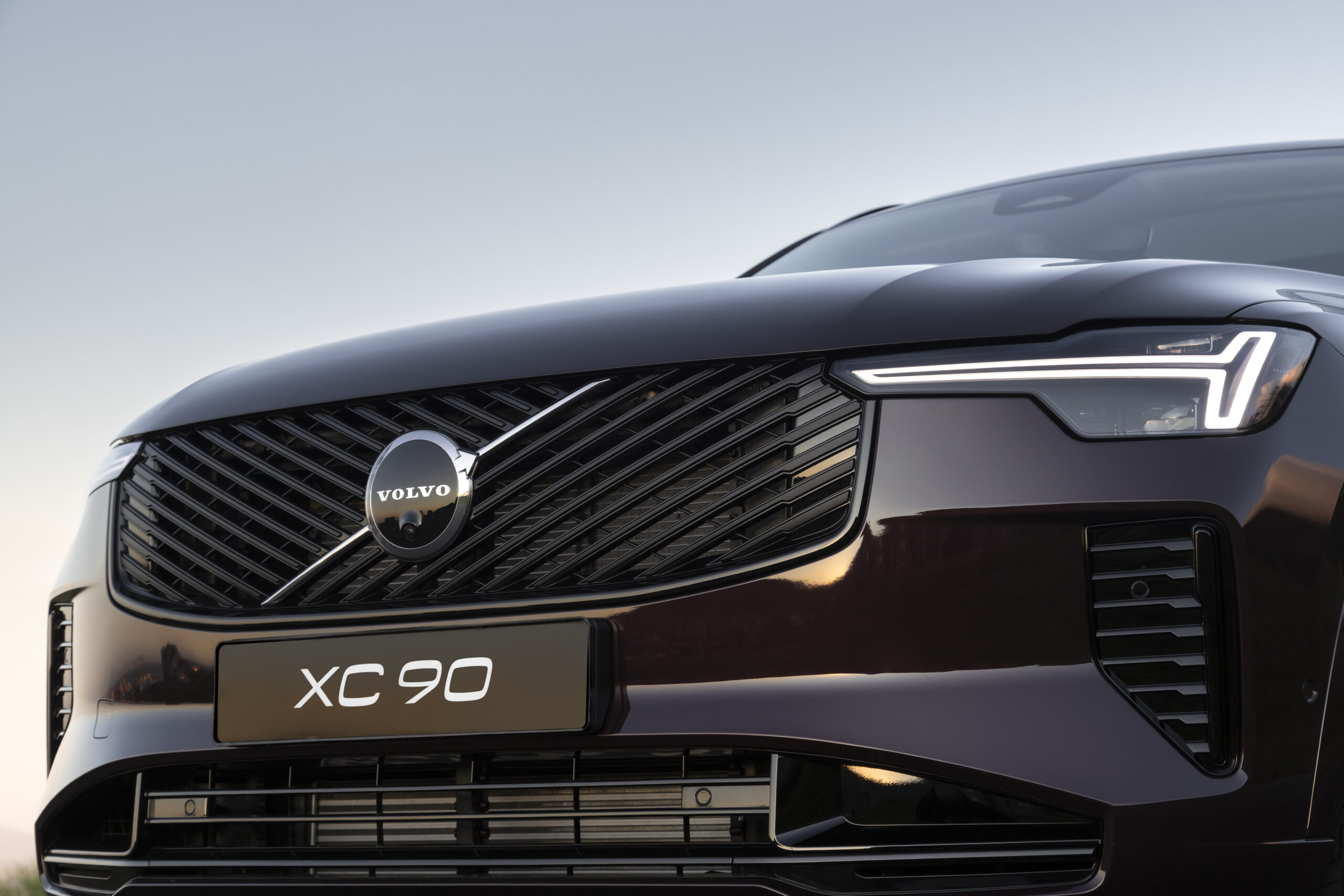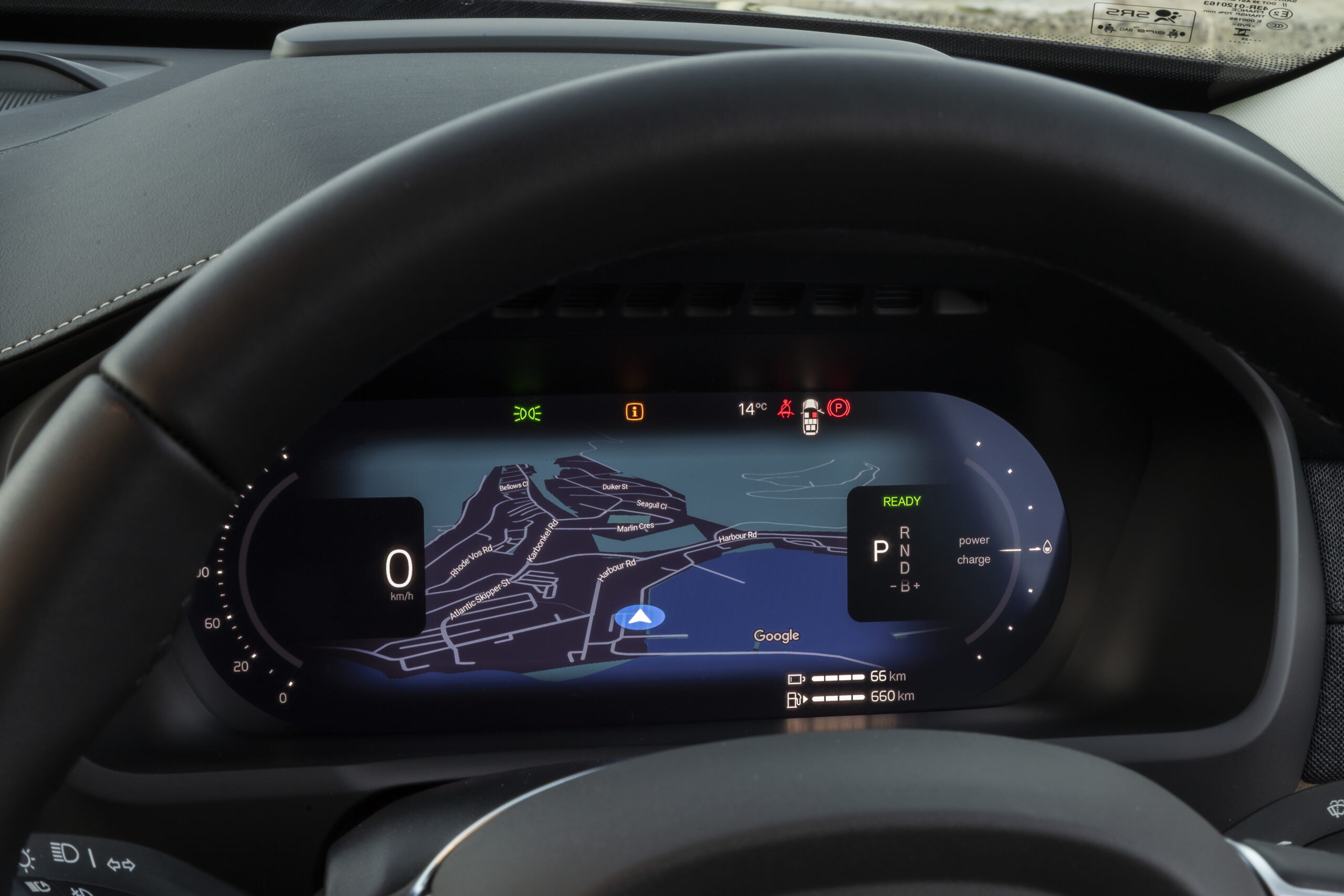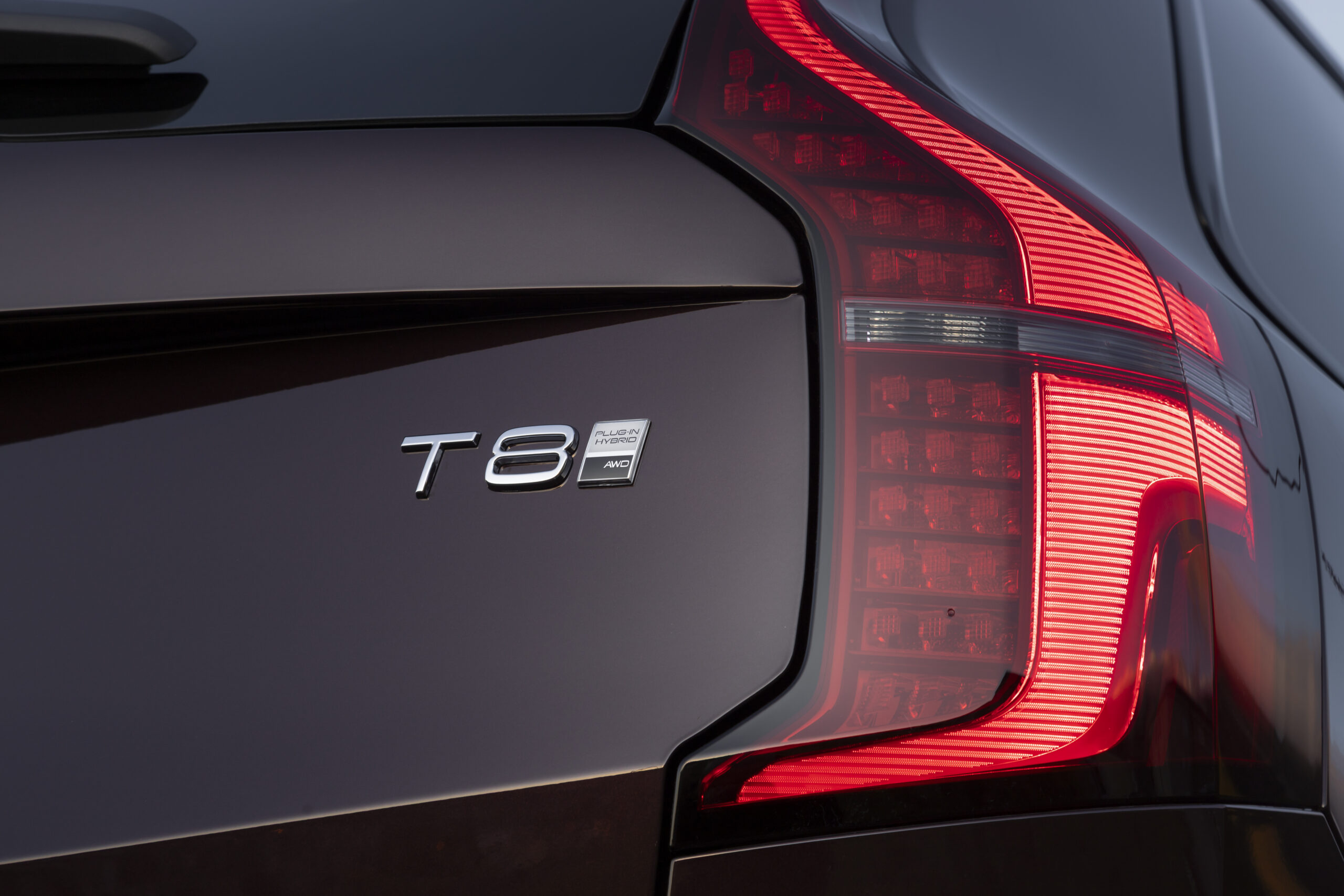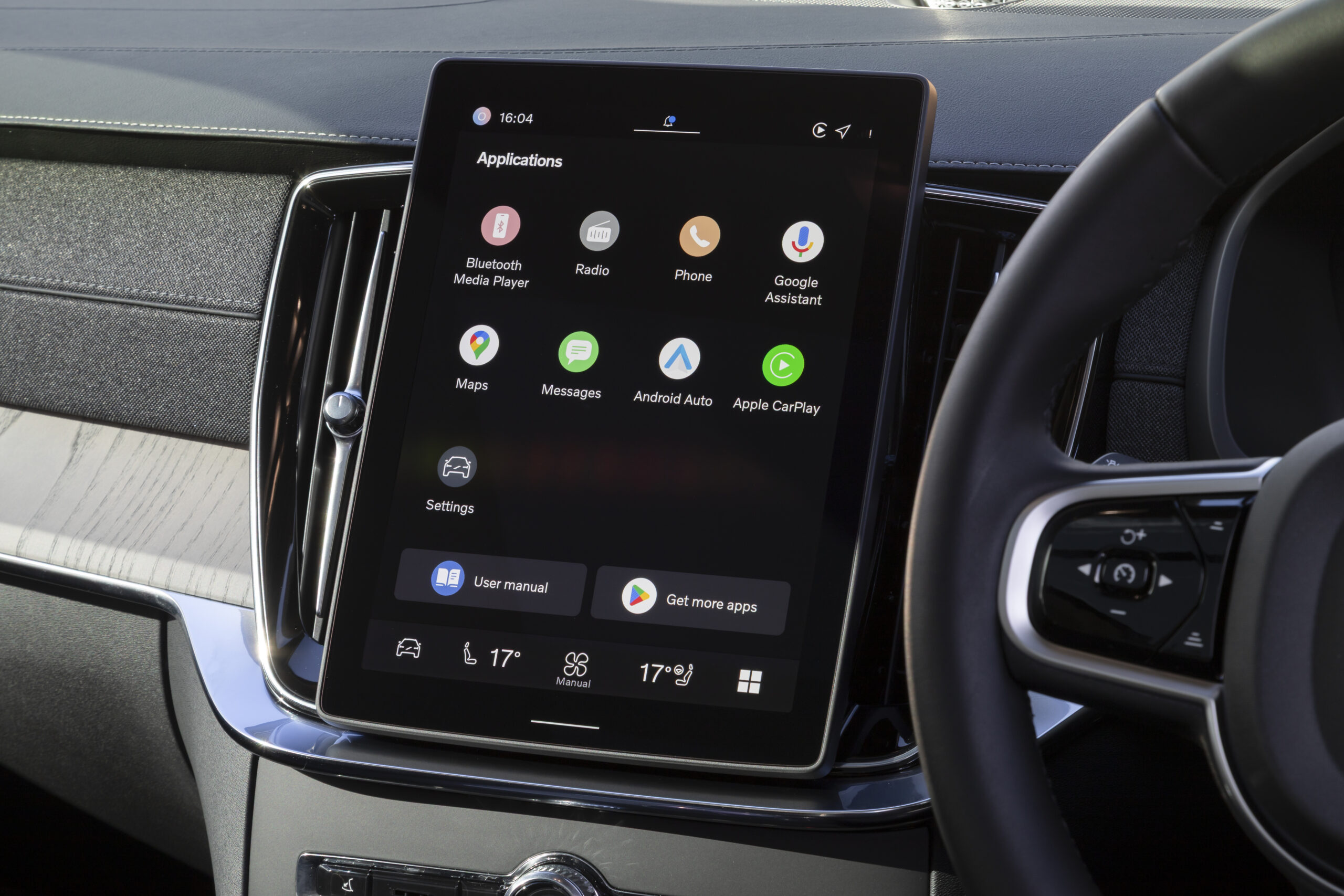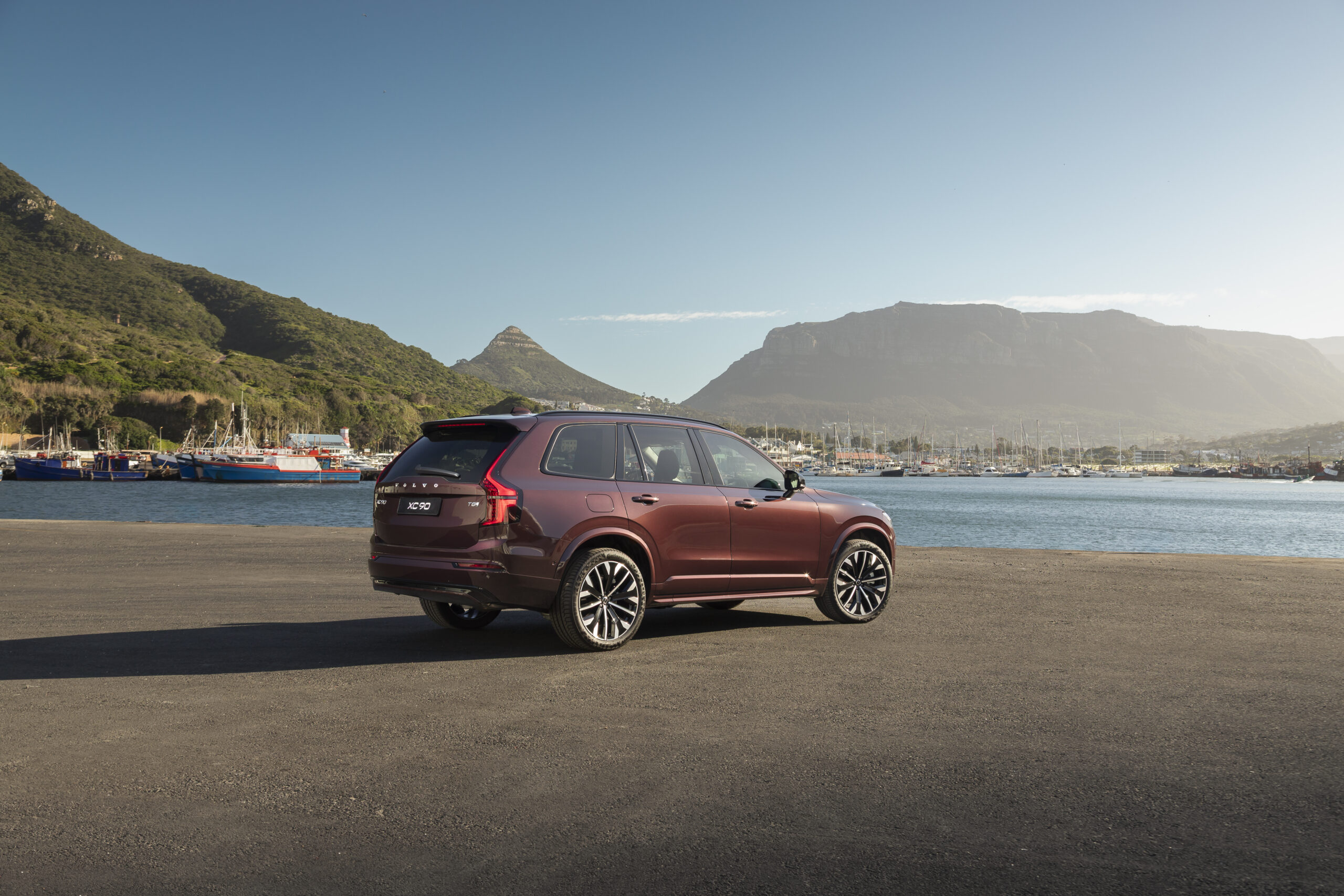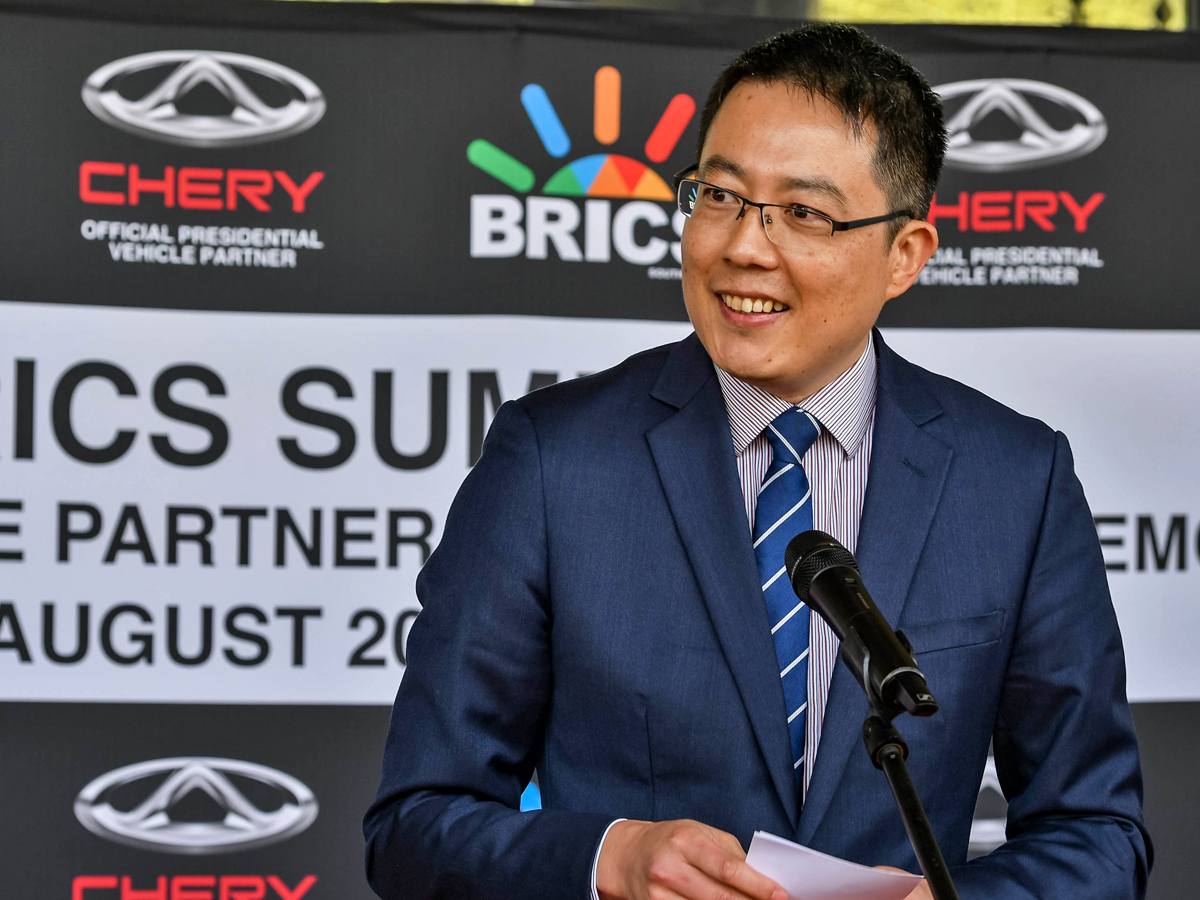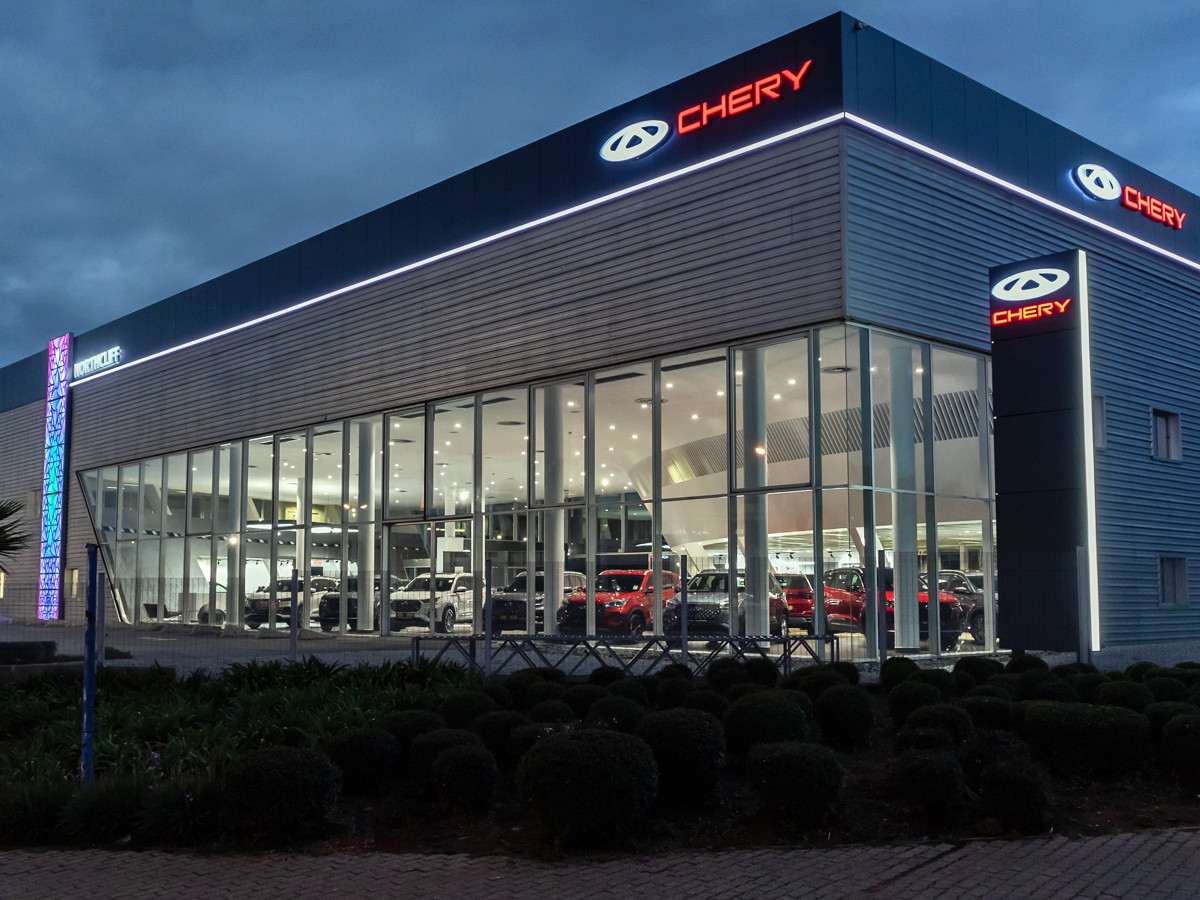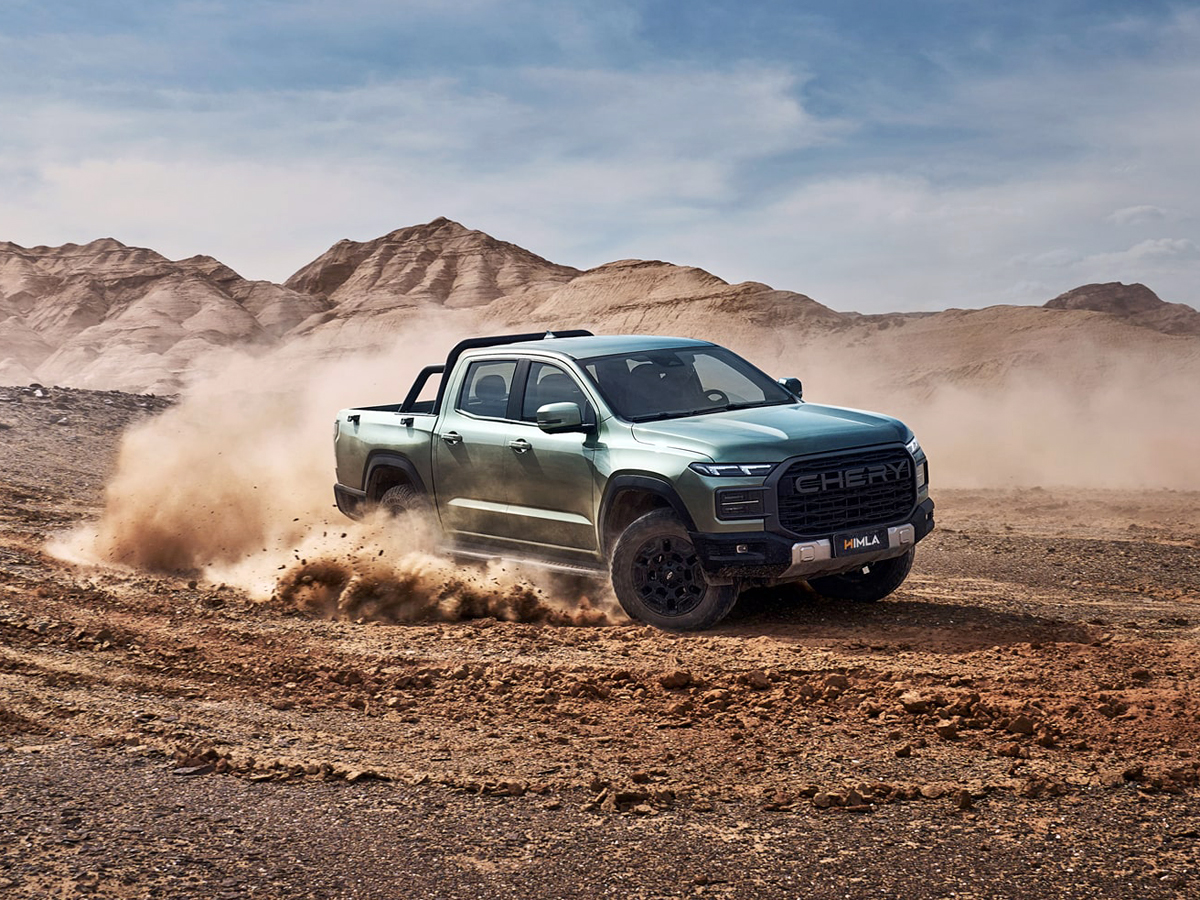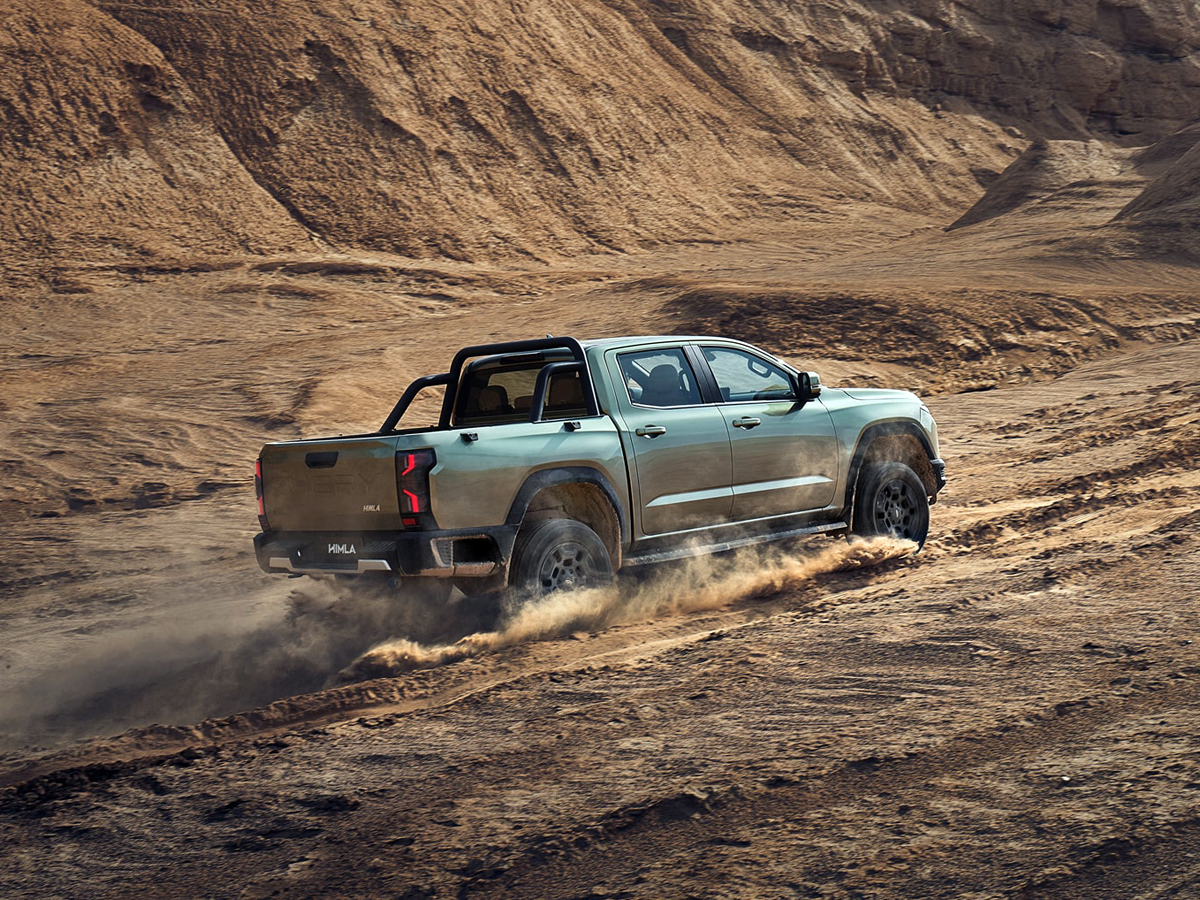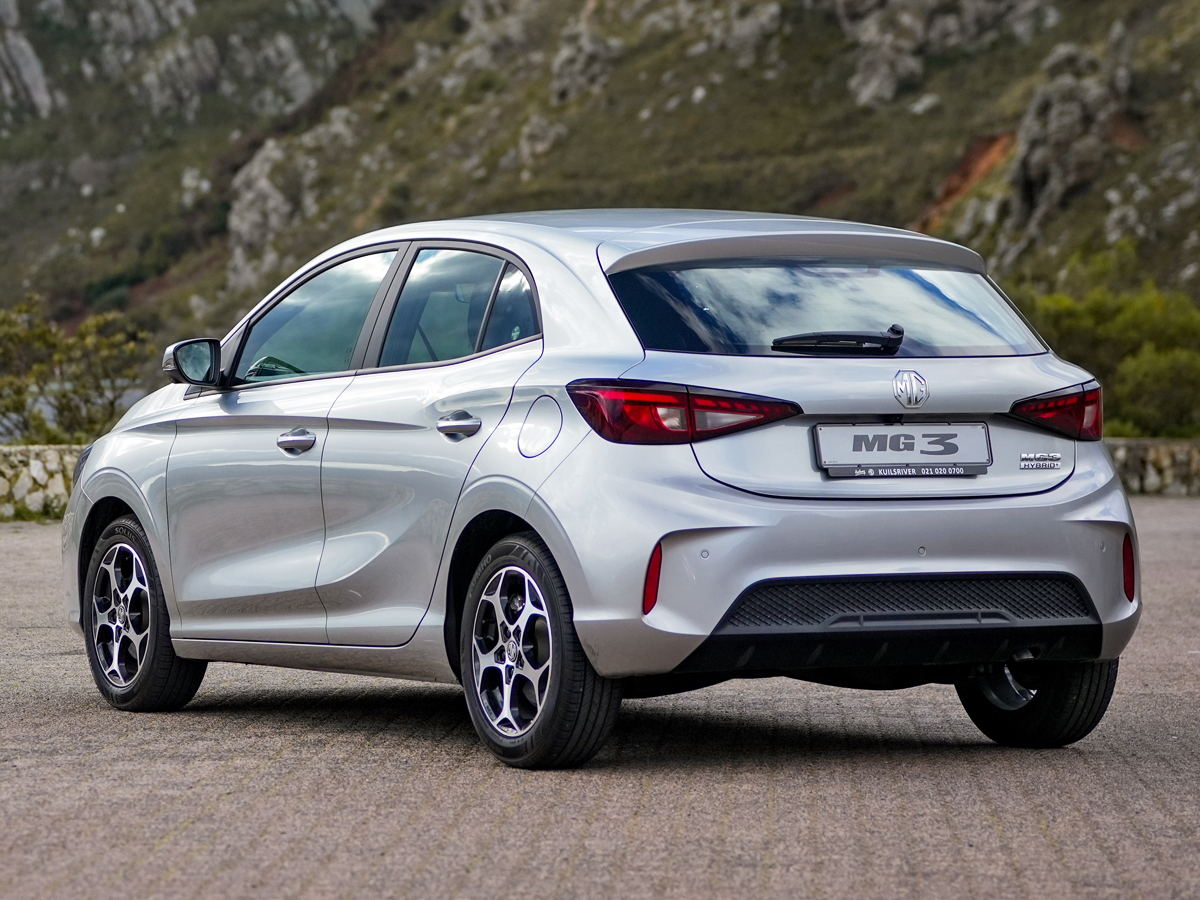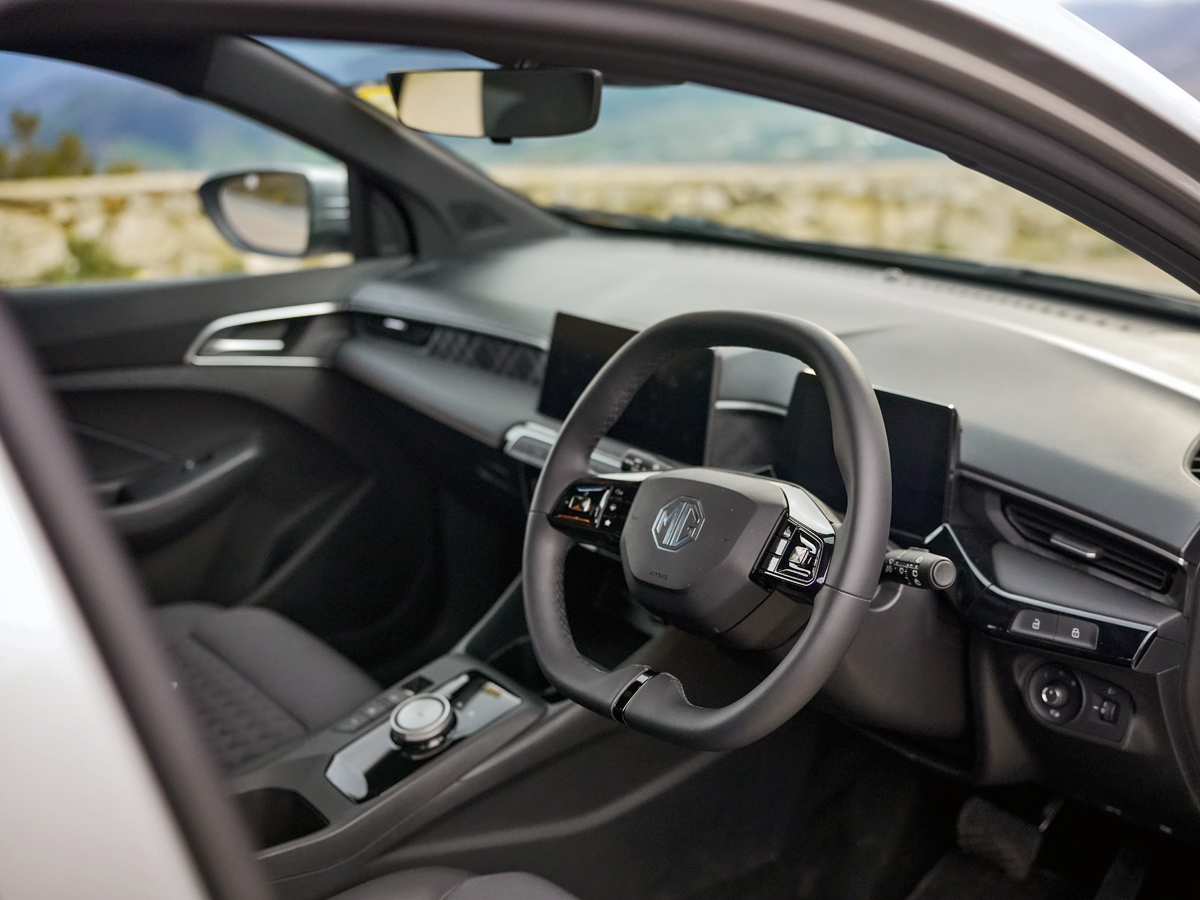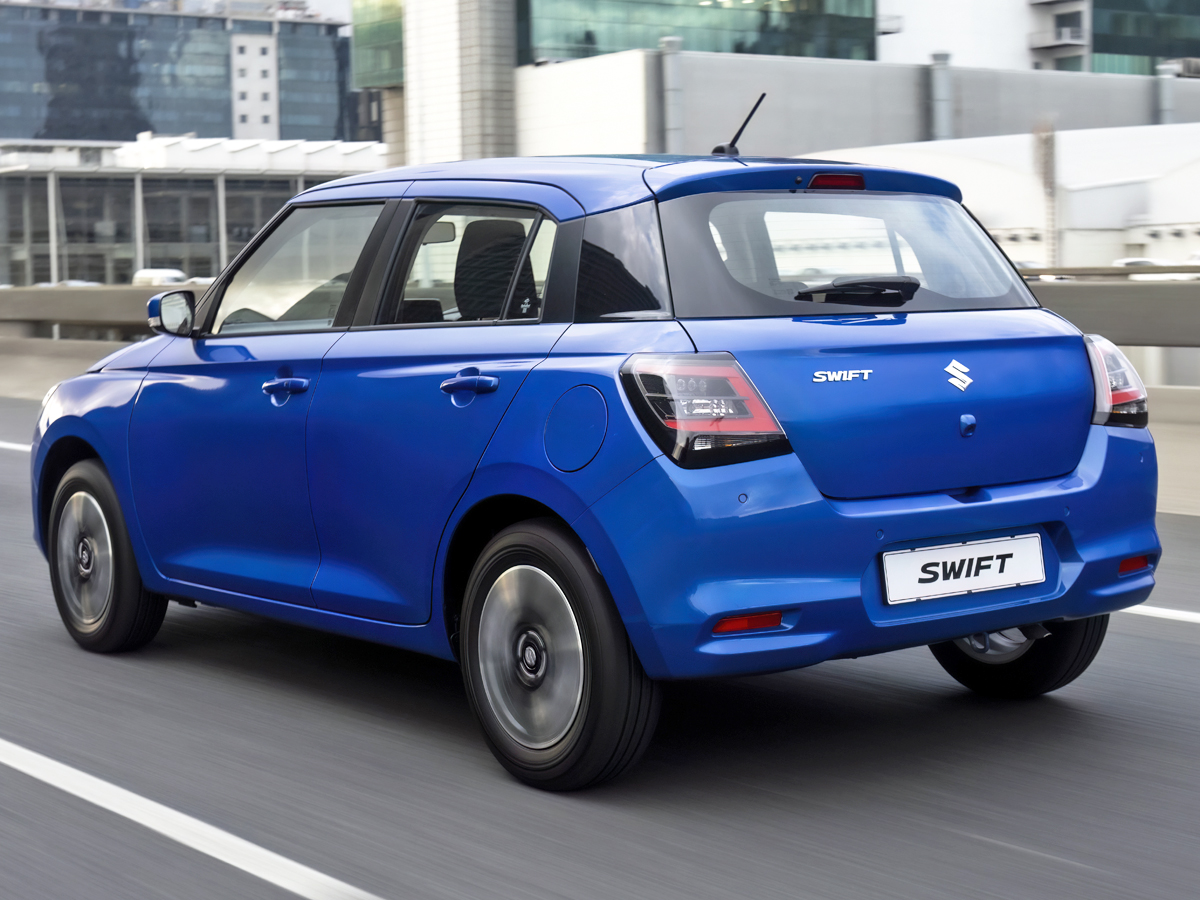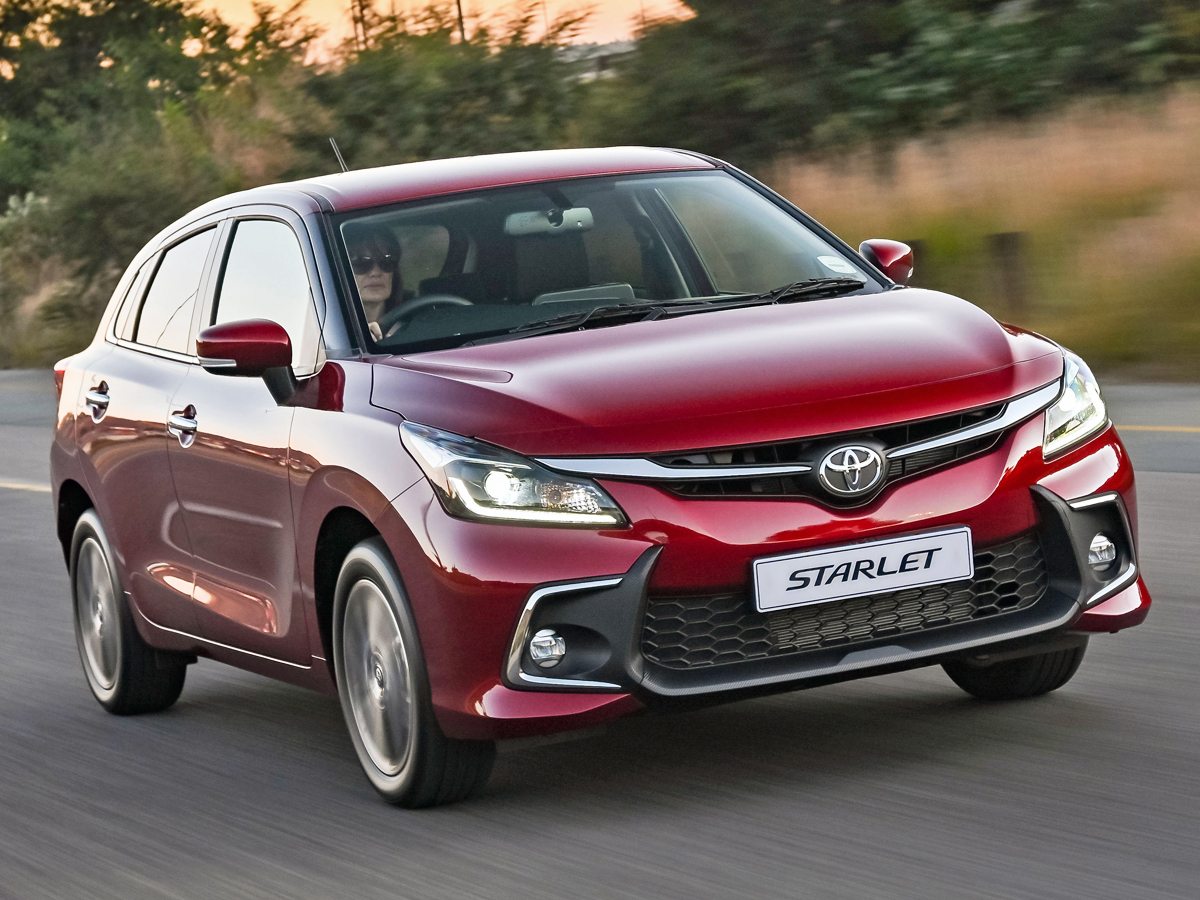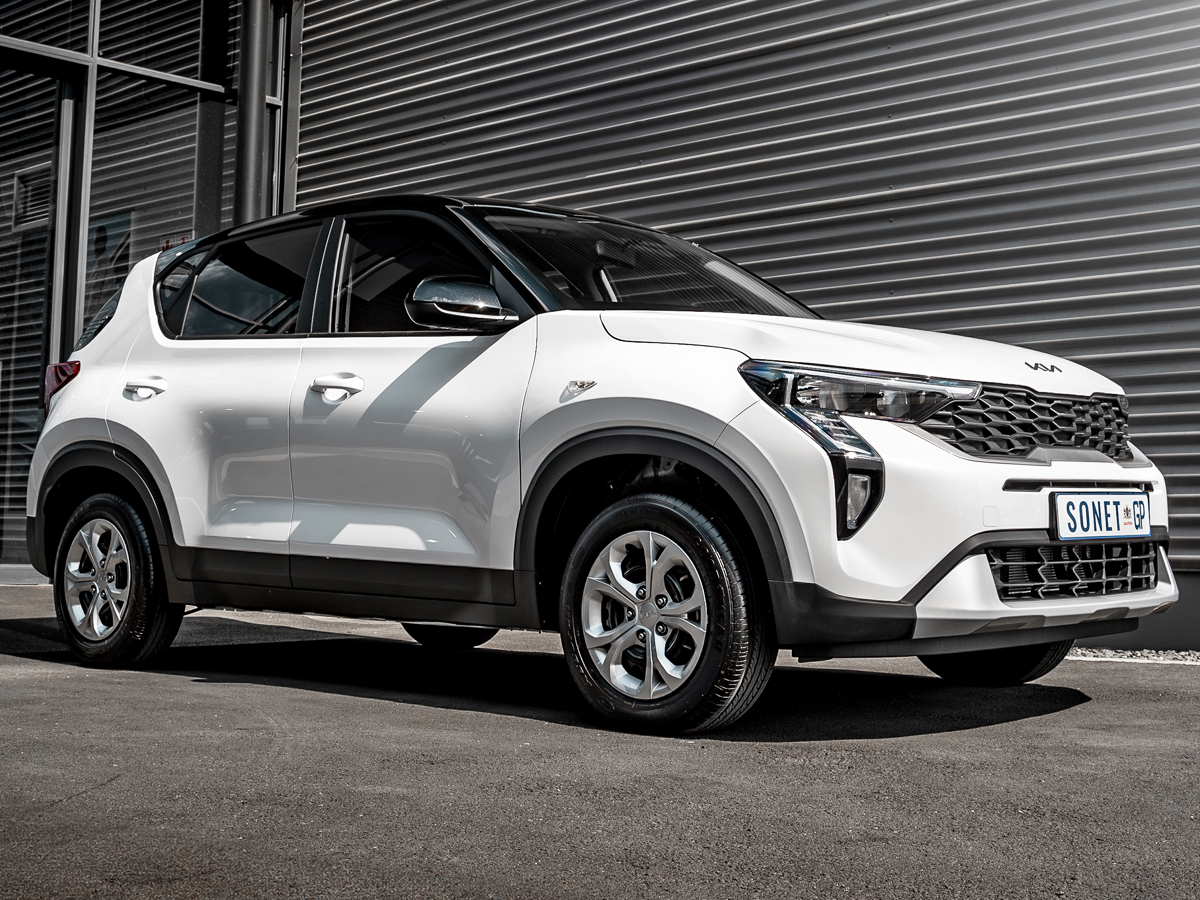Renault Triber (2025) Price & Specs
The facelifted Renault Triber has arrived in SA, with a starting price R10 000 lower than before. Here’s a look at the updated 7-seater MPV range and local pricing…
- Starting price reduced by some R10 000
- 6 airbags now standard across the range
- Naturally aspirated 1.0-litre carries over
Revealed in India (the country in which it’s built) as recently as July 2025, the facelifted Renault Triber has already touched down in South Africa.
While the pre-facelifted line-up comprised 6 derivatives (including the Express-badged panel van), the refreshed range has been cut back slightly to 5 variants, while also adopting a new trim-level naming convention (with Evolution, Techno and Iconic replacing Life, Zen and Intens, respectively).
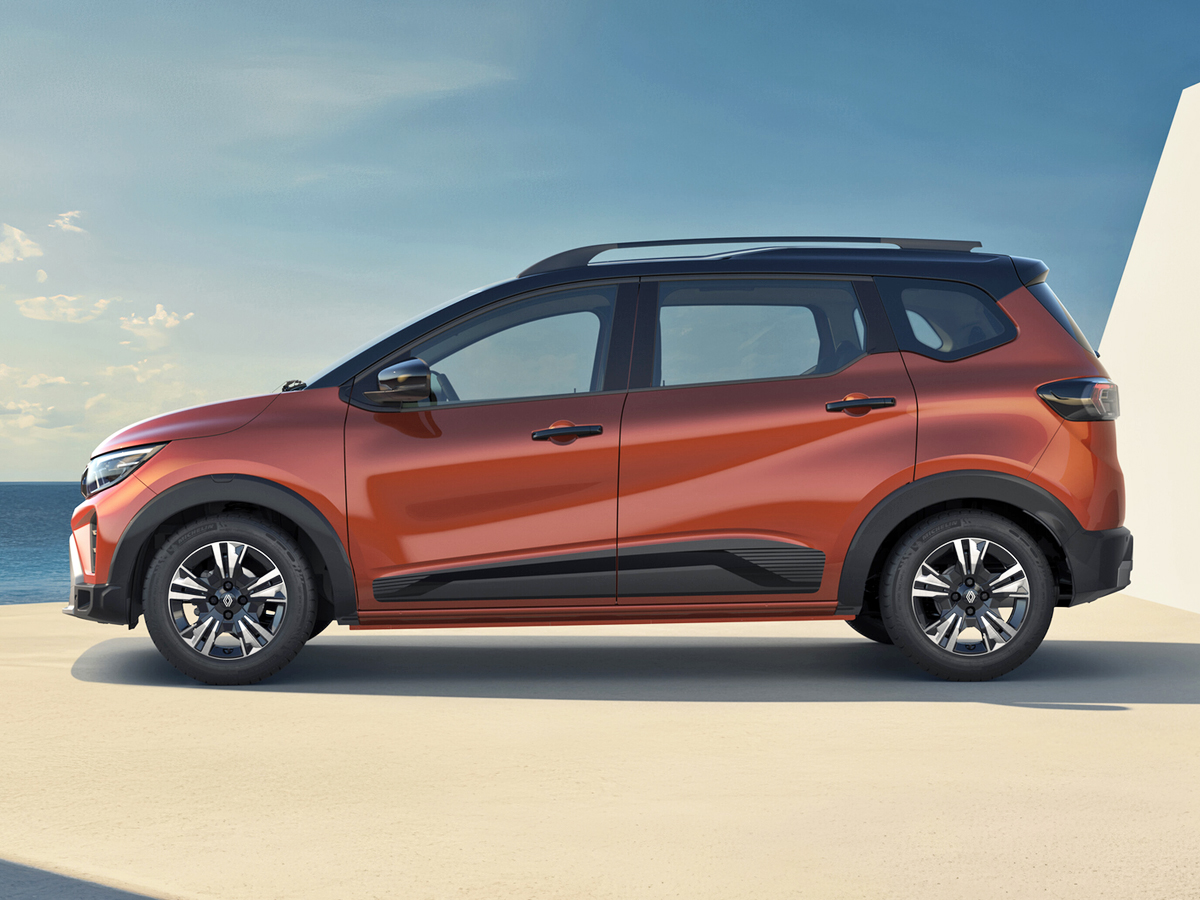
Perhaps more importantly, however, Renault South Africa has sharpened the Triber’s pricing, just as it recently did with the Kwid. So, while the outgoing portfolio was priced from R228 999 to R264 999, the updated line-up runs from R218 999 to R259 999. That means the refreshed 7-seater MPV now starts R10 000 lower than before, with the Triber 1.0 Evolution 5MT priced at R218 999.
The Triber 1.0 Techno 5MT is next at R233 999, while upgrading to the so-called “Iconic” specification pushes the price to R249 999. Though those 3 derivatives all ship standard with a 5-speed manual gearbox, the Iconic grade is also available with a 5-speed automated manual transmission (AMT), taking the price to R259 999.
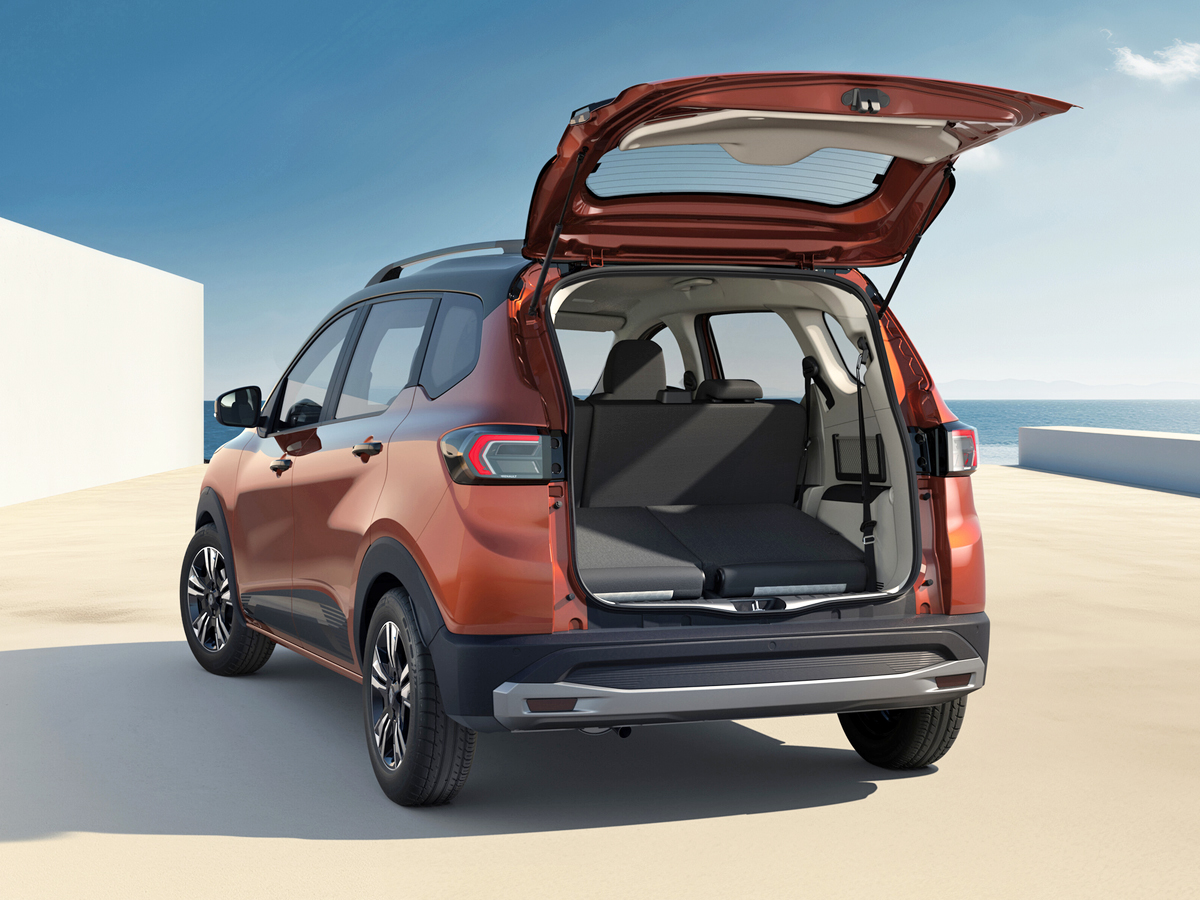
Despite the more competitive pricing, Renault SA has upgraded all derivatives to 6 airbags (previous versions were offered with either 2 or 4) and rolled out features like tyre-pressure monitoring. In fact, the firm claims to have added more than 25 features.
In addition, the French firm’s local division offers an updated version of the Triber 1.0 Express 5MT Panel Van. Priced at R249 999, this light-commercial vehicle (LCV) derivative effectively costs R5 000 more than before. Adding an optional Express-badged roof rack (with a 40 kg load capacity) takes the price to R261 999.
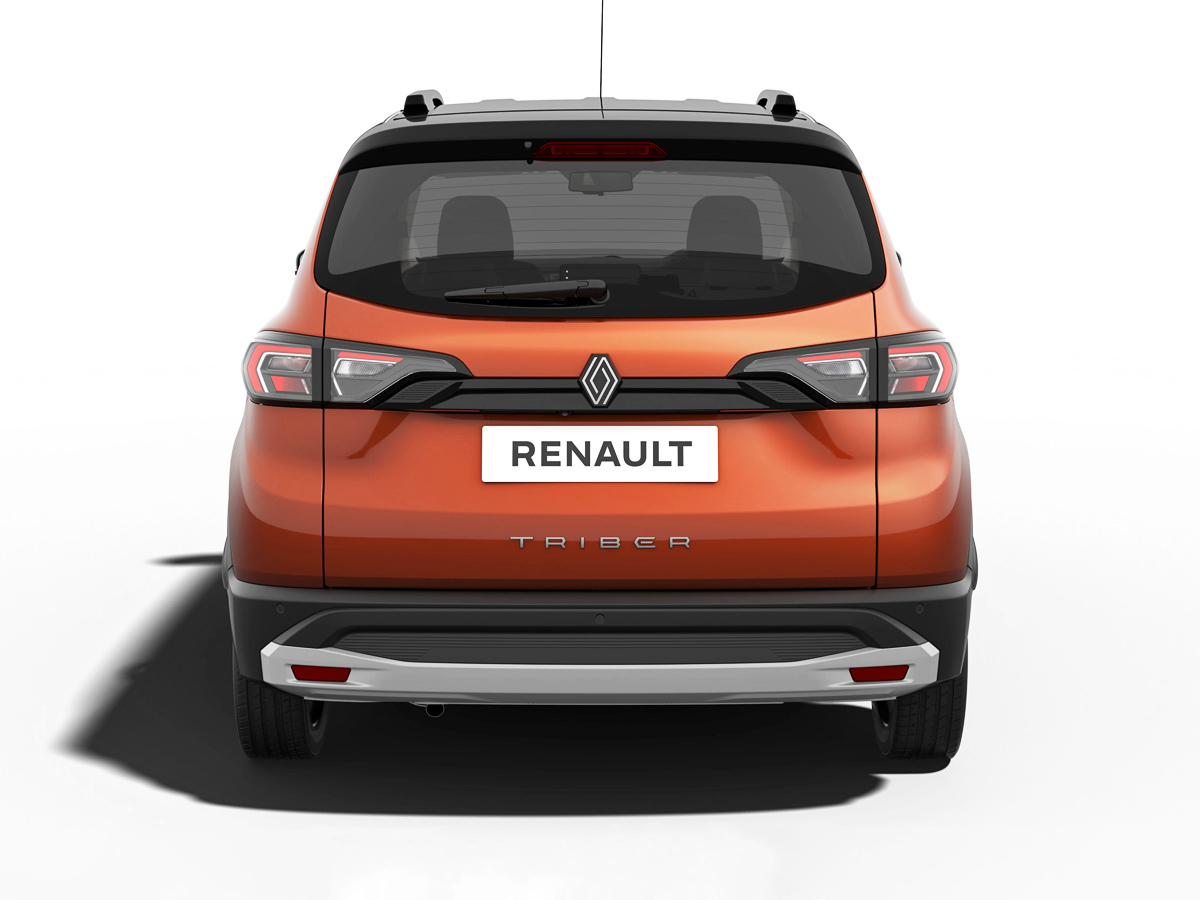
An 8.0-inch touchscreen (with wireless Android Auto and Apple CarPlay) comes standard, along with a 7.0-inch TFT LED instrument cluster and LED cabin lighting. The Iconic grade furthermore scores wireless smartphone charging, front parking sensors, automatic headlamps and rain-sensing wipers.
The rest of the mid-cycle updates to the Triber are largely cosmetic, with the most obvious changes having been made up front. The compact MPV – which debuted globally some 6 years ago – gains a new gloss-black grille (complete with the latest take on Renault’s 100-year-old diamond-shaped logo), updated headlamps (with integrated LED daytime running lights on the Iconic grade), a revised bumper design and a new bonnet.
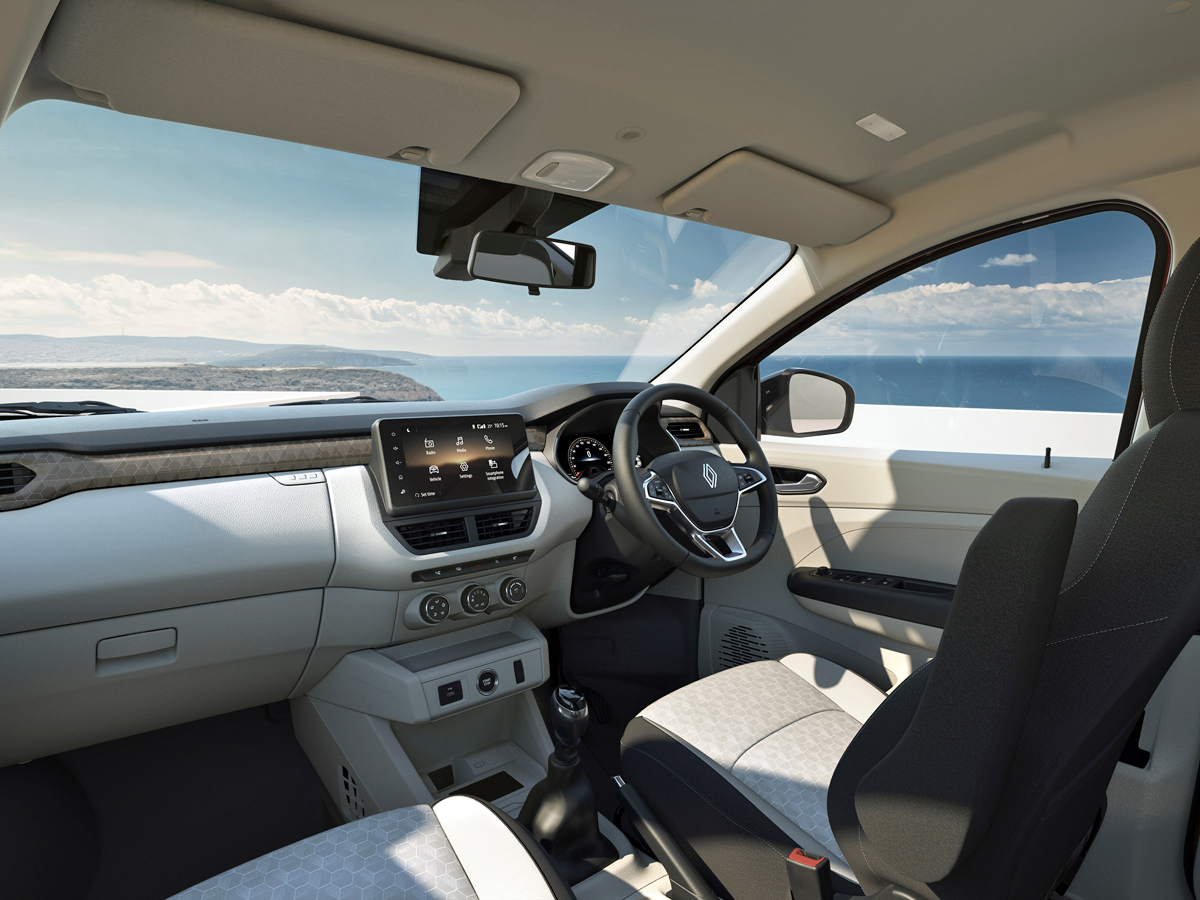
Round back, the refreshed Triber now features black trim between its taillamps, the latest Renault logo (with the “Triber” lettering now positioned below rather than above the rear numberplate) and newly designed alloy wheels. Fresh exterior paint colours (Zanskar Blue, Grey and Terracotta Brown) have also been added.
Inside, the 7-seater upgrades to new upholstery (seemingly the same black-and-grey colour combination offered in India), while the dashboard layout gains a design tweak or two. The MPV furthermore scores a revised digital instrument cluster.
Of course, the Boulogne-Billancourt-based automaker has opted not to make any changes to the Triber’s powertrain, with the naturally aspirated 1.0-litre, 3-cylinder petrol engine (as well as the 5-speed manual gearbox and 5-speed automated manual transmission) carrying over. As a reminder, this 3-pot motor generates 52 kW and 96 Nm, peak outputs that are delivered to the front axle.
What does the facelifted Renault Triber cost in SA?
| DERIVATIVE | PRICE |
| Renault Triber 1.0 Evolution 5MT | R218 999 |
| Renault Triber 1.0 Techno 5MT | R233 999 |
| Renault Triber 1.0 Iconic 5MT | R249 999 |
| Renault Triber 1.0 Express 5MT Panel Van | R249 999 |
| Renault Triber 1.0 Iconic AMT | R259 999 |
The prices above include a 5-year/150 000 km warranty and a 2-year/30 000 km service plan.
Find a used Renault Triber on Cars.co.za!
Frequently Asked Questions (FAQ) – Facelifted Renault Triber (SA)
Q: What is the starting price of the facelifted Renault Triber in South Africa?
A: The starting price for the facelifted Renault Triber in South Africa is R218 999 for the Triber 1.0 Evolution 5MT. This represents a R10 000 reduction compared to the starting price of the outgoing model.
Q: What engine is available in the updated Renault Triber range?
A: The facelifted Renault Triber retains the same naturally aspirated 1.0-litre, 3-cylinder petrol engine as before. This engine generates 52 kW of power and 96 Nm of torque, and is offered with either a 5-speed manual or a 5-speed automated manual transmission (AMT).
Q: What are the main cosmetic changes to the facelifted Renault Triber?
A: The updates are largely cosmetic and include a new gloss-black grille with the latest Renault logo, updated headlamps with integrated LED daytime running lights, and a revised front bumper. The rear features new black trim between the taillamps, a repositioned “Triber” badge and newly designed alloy wheels. Inside, the MPV gains new upholstery and a revised digital instrument cluster.
Related content
End of the road for Renault Clio in South Africa?


